April 29, 3018
The water was high, but not so high that we couldn’t get under the Frederica Road bridge with anything more than a duck of our heads as the just-turning tide carried our kayaks toward Delaware Bay.
It was a spring tide in late spring. We were an armada of 15 boats. We were here to watch what happens when the full moon calls to one of its oldest listeners.
Each May and June, millions of Atlantic horseshoe crabs come ashore along the East Coast to spawn. The invasion is most dramatic when there is a full moon or new moon, creating the highest tides of the month. When it’s over, the beach is littered with the helmet-shaped shells of the Atlantic horseshoe crab, Limulus polyphemus, and trillions of its greenish eggs.
While these animals spawn from Maine to the Yucatan Peninsula, Delaware Bay is the center of activity. Exactly why isn’t certain, but warm water and sandy shores without big surf are part of the reason. Some swim and crawl more than 60 miles – from the continental shelf off the mouth of the bay – to get there.
We came farther to see them.
Thirty of us, from New York, Philadelphia, Baltimore, and Washington, spent three days and two nights on the Delaware side of the bay on a trip run by Upstream Alliance, an environmental education nonprofit in Annapolis. It’s not a trip you can duplicate exactly (more on that later), but a destination worth getting to nevertheless.
The group included numerous people from places upstream of the bay, including a legislator and a staff committee director from the Pennsylvania General Assembly, an official of the Camden County, N.J., parks department, and an executive of Philadelphia’s William Penn Foundation. They were curious about the condition of an estuary fed by a once notoriously polluted river.
How polluted did the Delaware River used to be? In 1943, Pennsylvania’s governor loudly complained that his state’s National Guard had embarked for Europe from New York, not Philadelphia. The reason: the Navy refused to send vessels up the Delaware because of its corrosive effect on hulls.
Today, the Delaware River is not what it used to be. What it empties into – Delaware Bay – is no longer the stinky little sister to the Chesapeake Bay, which is five times larger and one peninsula to the south.
Delaware Bay is a gem hidden in plain sight.
The Murderkill River (roughly, “muddy river” in Dutch) carried us to the bay through a marsh in the full flush of spring.
On one bank the empty seed heads of wild rice stood above the new growth, while on the other bank the feathery tops of the reed Phragmites fluttered. Where the bank was higher, cedars grew. Red-winged blackbirds flashed their shoulder patches, and a pair of ospreys rubbernecked us as they glided overhead.
Soon we passed through Bowers Beach (pop. 360) with just enough time to exchange greetings with diners on a restaurant balcony before the current swept us into Delaware Bay. In the distance, a half-dozen container ships were making their way northward to Wilmington and Philadelphia.
We came ashore on a beach just to the south to eat lunch. As we finished, a wooden boat appeared out of the distant haze. Don Baugh, our leader and the president of Upstream Alliance, identified it as the Maggie S. Myers, built in 1893 and Delaware Bay’s last oyster schooner. It was returning from a day of fishing for conch. But with a dirty hull, a furled black sail, and tattooed men stowing gear on deck, it looked like a pirate ship returning from a raid.
After a while we pushed off and headed south. Our leader had secured permission for us to camp on private land a few miles away.
There, after setting up tents, collapsible tables and chairs in the hot sun, a few of us headed for the water for a swim. As we waded in, our feet bumped against – or were bumped by – things hard and rough. Soon it was clear that on the bottom was an invasion force of horseshoe crabs, lying in wait.
We’d stumbled into an underwater D-Day. Thank God for water shoes!
There was plenty of time to talk in the long pre-solstice evening before the moon’s pulling power brought the horseshoe crabs onto the beach. Much of the conversation was about water.
The people from Philadelphia noted that while the water quality of the Delaware River and its tributaries had improved greatly, that fact hadn’t made it into public consciousness. Swimming in any of the city’s waters was illegal, except for organized events such as triathlons. Baugh said he’d been accosted by police while kayaking and told even that wasn’t permitted. “People are still turning their back on the water,” said Maggie McCann Johns, the Camden County parks official.
The bad reputation was understandable. A few decades ago, striped bass and shad wouldn’t swim past Wilmington because oxygen levels in the water were too low for survival. In the tributaries of the upper Delaware Bay, fish kills of a million or more menhaden occurred about once a summer.
“I can’t remember the last time that happened,” said Robin Tyler, an aquatic ecologist at the Delaware Department of Natural Resources and Environmental Control.
After dinner, Tyler (who has since retired), delivered a brief lecture on the history of bay cleanup after dinner. He said the Clean Water Act of 1972, and economic change, are the big reasons things are different now.
Kent County – the middle of Delaware’s three counties, and where we were camping – used to have four city sewage plants, and an equal number of cannery and factory outfalls. None of them did a good job cleaning their effluent.
Today, there’s only one “point-source” discharge in the whole county – a sewage treatment plant outside Milford fed by 500 miles of pipes and 85 pump stations. The water it discharges is cleaner than many of Delaware’s streams.
“Although we hear a lot about environmental degradation, I would say in the last 25 years things have gotten better out on these waters,” Tyler said.
By the time the lecture was over the moon had appeared, a pale disk on the horizon, then a bright orb in full geographic display. We sat around a bonfire until high tide, and then wandered down the beach to see what was happening.
We found a strange sight.
In groups separated by only a few feet, horseshoe crabs were swimming ashore, milling in the shallows, and climbing on each other. The females of the species are larger than the males, and the clusters of crabs often centered on a large individual, presumably a female. We checked a few – you can tell their sex easily by examining their forelegs – but in general didn’t disturb the foreplay.
Males can hold onto a female and ride her to the egg-laying site on the beach. A few had succeeded in this. Some females, however, were heading back to deeper water to shake their dates. Others were leading suitors in a conga line.
Round-backed and shiny, they looked like giant ticks, to which they are distantly related. Randomness and confusion was the order of the hour. It seemed an odd behavior for an animal that’d had 450 million years to perfect its mating dance.
Alas, what they had to look forward to was underwhelming. There’s no actual copulation. Instead, horseshoe crab mating is glorified onanism. The female digs a small depression in the sand, deposits about 200 eggs, and the male on her back releases sperm onto them. The “satellite” males trailing behind then get their chance. In horseshoe crab society, the also-rans get a chance to procreate, too.
This mating ritual goes on several times a night. We watched by moonlight and flashlight, took pictures, and made a lot of off-color jokes. Someone said it was too bad we’d all be asleep when the crabs lay back on the beach at 3 a.m. and smoked cigarettes.
The next morning, I climbed out of the tent and took a walk. The sand was pockmarked with depressions and the marks of scrabbling appendages and digging tails. The shoreline was like a low-rent motel with an unmade bed in each room. Housekeeping – the rising tide – wouldn’t be there for hours.
Horseshoe crabs are said to be “living fossils,” but that’s not quite true.
They’re related to trilobites, which lived 550 million years ago, and have existed as a distinct species for at least 450 million years. But they’re not unchanged. A fossil found in England from the Silurian period (425 million years ago) revealed an animal with more legs than its modern descendants.
The animal’s utility to human beings has also evolved.
From the 1870s through the 1930s, up to five million horseshoe crabs a year were collected and ground up for fertilizer and animal feed. That use ended in the 1960s. But in the 1980s a new harvest began as they were caught for bait for eel and conch traps.
In the 1990s, scientists noted a decline in the numbers of red knots, a migratory bird dependent on refueling on Delaware Bay’s horseshoe crab eggs on its flight from South America to the Arctic. (These days, about 45,000 red knots stop; they can double their weight in two weeks.) Reasoning that overharvesting might be responsible, the federal government created a reserve off the mouth of Delaware Bay where horseshoe crab harvesting is prohibited. That was followed in the early 2000s with a shortening of the season, and then a two-year moratorium.
At the moment, the Atlantic coast quota for horseshoe crabs is about 1.6 million animals. (Only males can be taken.) The Delaware Bay quota is 500,000. How much of the population is that? It’s hard to know, but a mark-and-recapture project in 2003 estimated there were 20 million spawning crabs in the bay that May.
A whole new use for Limulus polyphemus emerged in the 1970s when the Food and Drug Administration licensed a medical test that employed horseshoe crab blood as its main component. The blood coagulates on contact with endotoxin, a biochemical component of certain bacteria, including many that cause disease. The blood-based test is used to detect contamination in injectable drugs and on surgical implants. People who get hip replacements can include horseshoe crabs on the list of beings to thank.
Coastwide, about 600,000 horseshoe crabs are captured, scrubbed, and bled each year. About one-quarter of the animal’s blood is collected. The procedure kills about 15 percent of them, “and there may be sublethal impacts like failed spawning,” said Stewart Michels of Delaware’s Division of Fish & Wildlife.
Spawning appeared to have its own mortality, judging from the beaches we paddled past the next day. Many horseshoe crabs were lying upside down, their stiletto tails (called telsons) standing vertical. I learn later that they are not dead, just stranded and folded in a position that protects their gills. (Turning them over or carrying them to the water, not by their tails, may save them). Nevertheless, from a distance they brought to mind battlefield graves marked by a gun stuck on its bayonet.
As we headed south on the bay’s western shore, we passed Big Stone Beach. It has one of the few remaining World War II-era “fire control towers” on the Delaware shore. Their purpose was to help direct artillery fire on enemy ships (which, of course, never appeared). Caught at the right angle, it looked like an upright, three-tooth jawbone.
Soon after, we headed offshore to get around a jetty built at the mouth of Mispillion River to protect a prime spawning beach behind it. A pair of dolphins passed us, also heading south.
We spent the night on a sliver of private property inside Prime Hook National Wildlife Refuge – another stretch of beach available only to people with connections. As we wandered down to the water near midnight, the horseshoe crabs were out in force once again. But there was less pursuit and little mounting, and in truth they looked a bit tired.
We headed back north the next morning. As we tucked into the Mispillion River to go to the takeout, we came upon a muddy delta with hundreds of horseshoe crabs mating in broad daylight. They clunked and rumbled against the hulls of the boats. Modesty, it seems, wasn’t key to surviving 450 million years.
I’m not worried about their future. Fifty percent of Delaware’s bay shore and 25 percent of New Jersey’s were judged “optimal” or “suitable” for spawning in 2010 – an amount unchanged since 2002. (Hurricane Sandy, however, did considerable damage to the New Jersey side in 2012, reducing habitat suitability by 30 percent.) What’s problematic is public access to the Delaware Bay shore. While significant stretches are publicly owned, there’s no place for people to primitive camp as we did, without making special arrangements.
The horseshoe crabs can come ashore for a good time. Why not the bipedal primates?
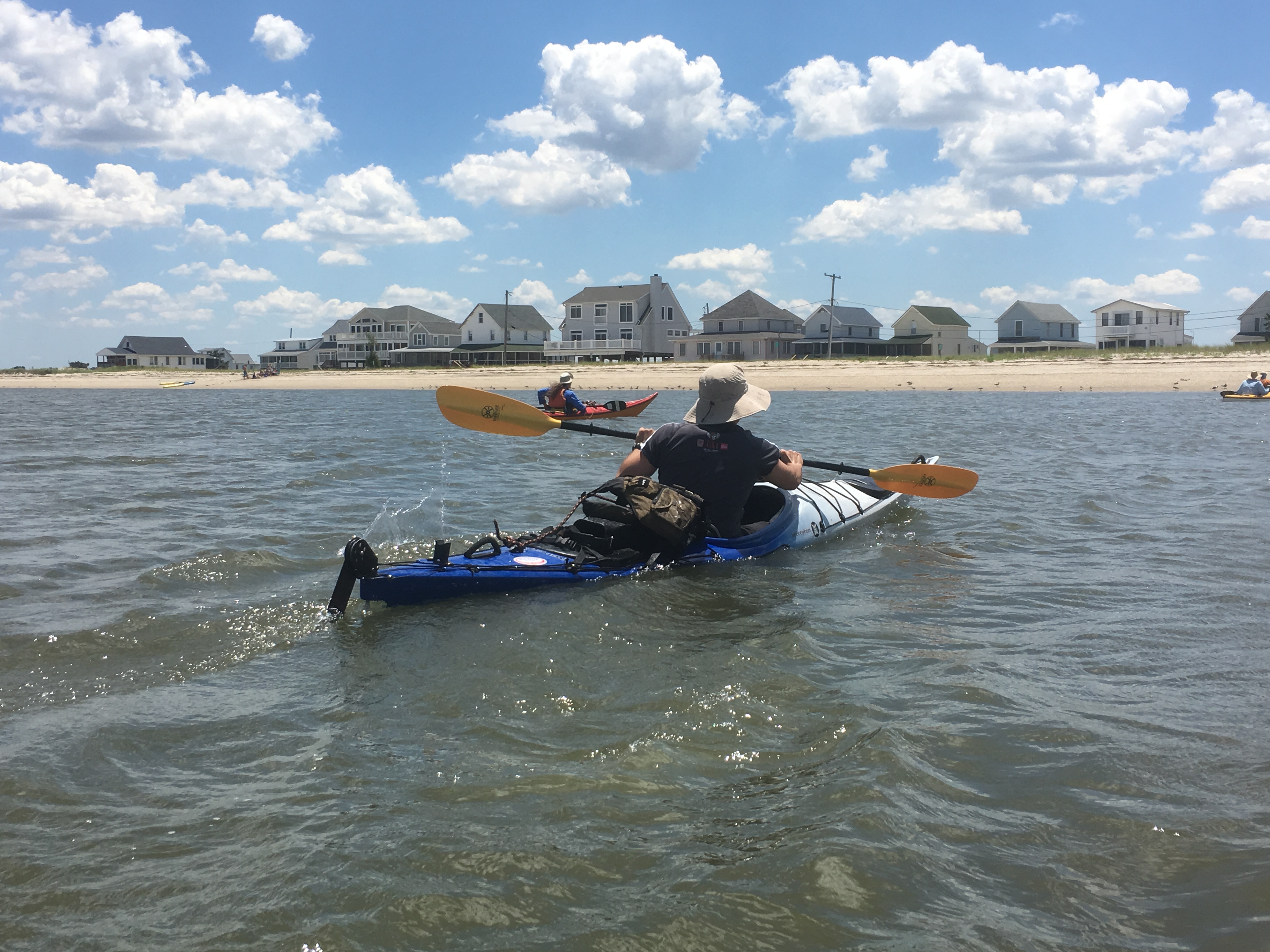

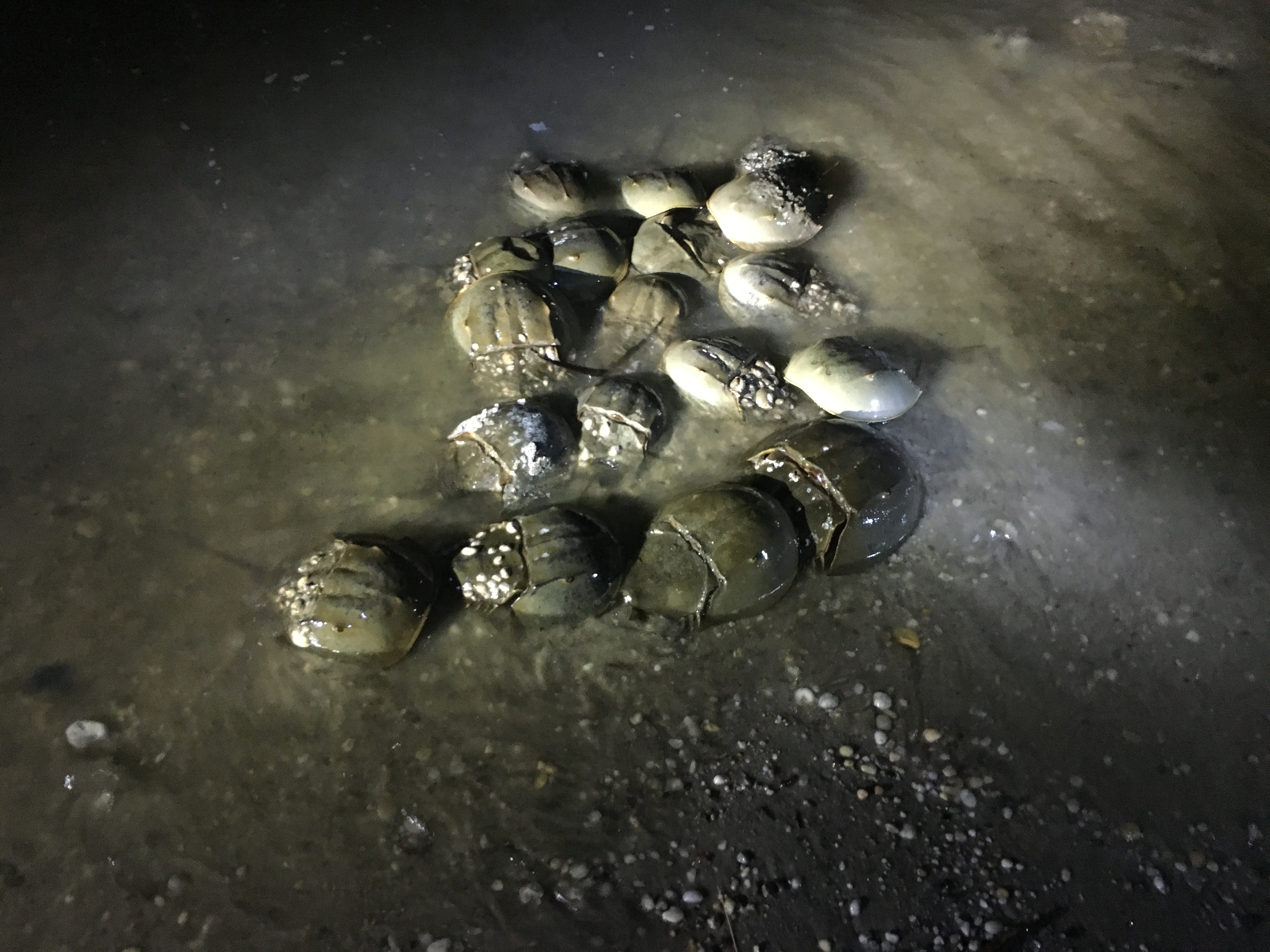
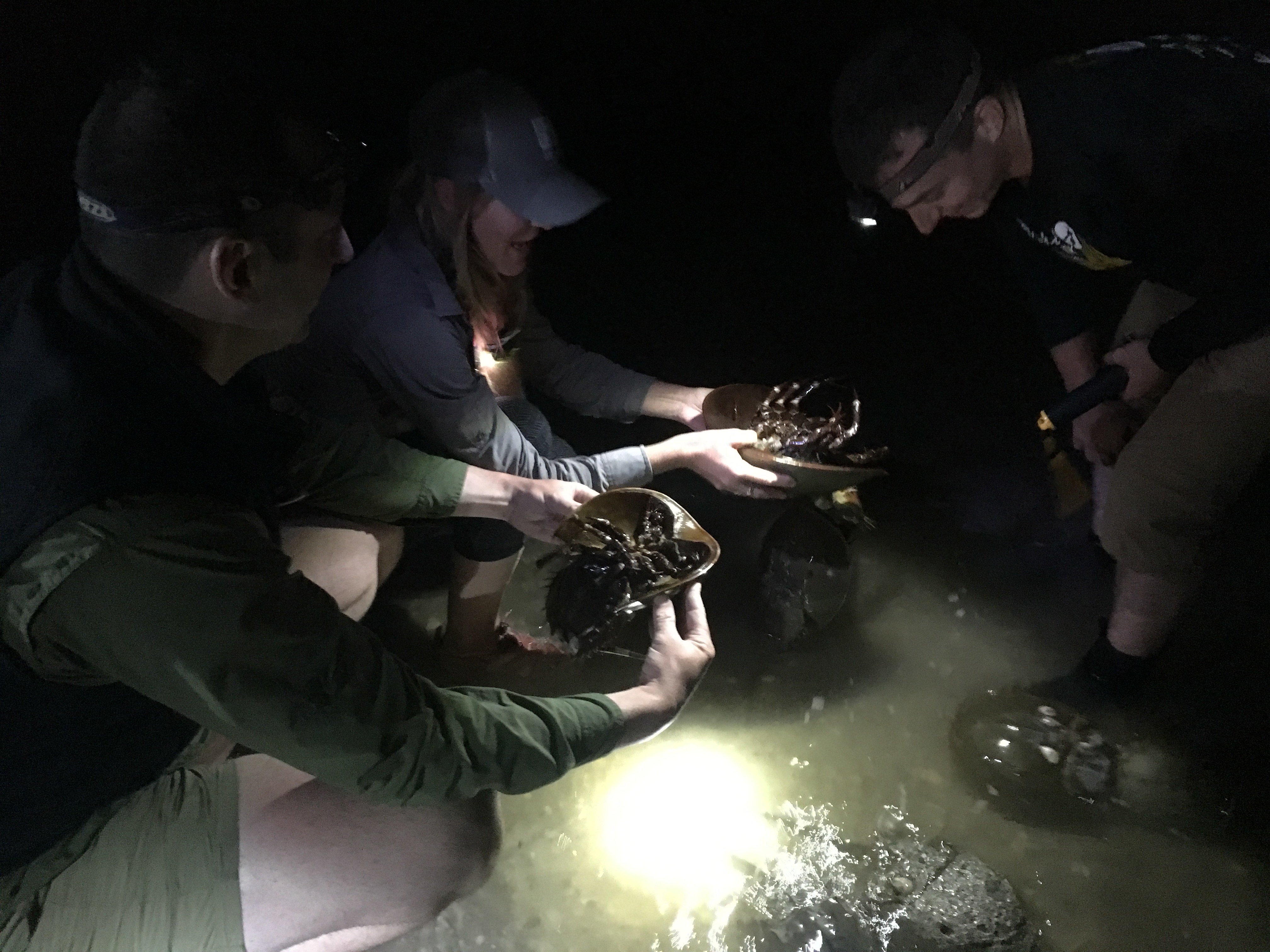
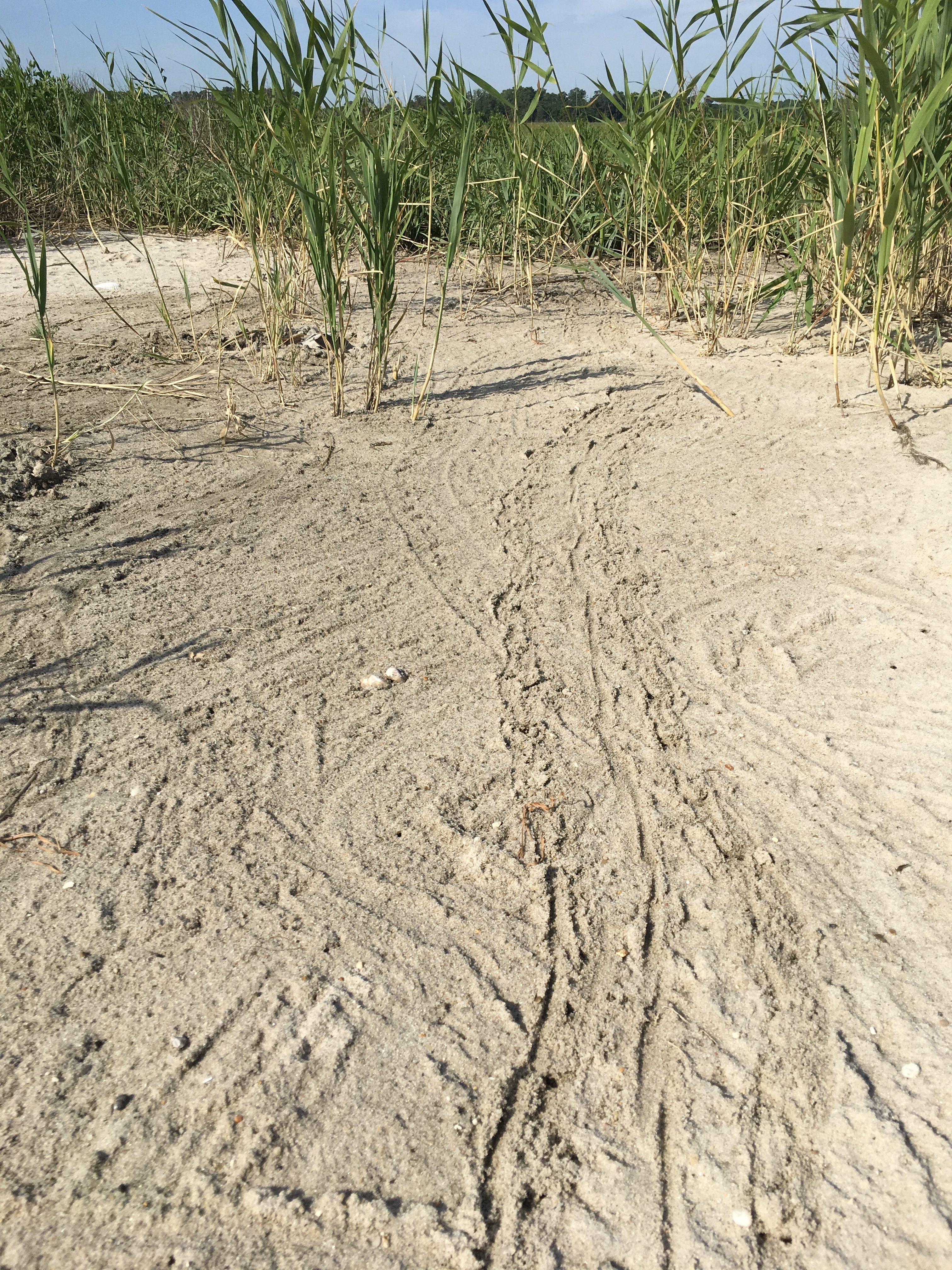
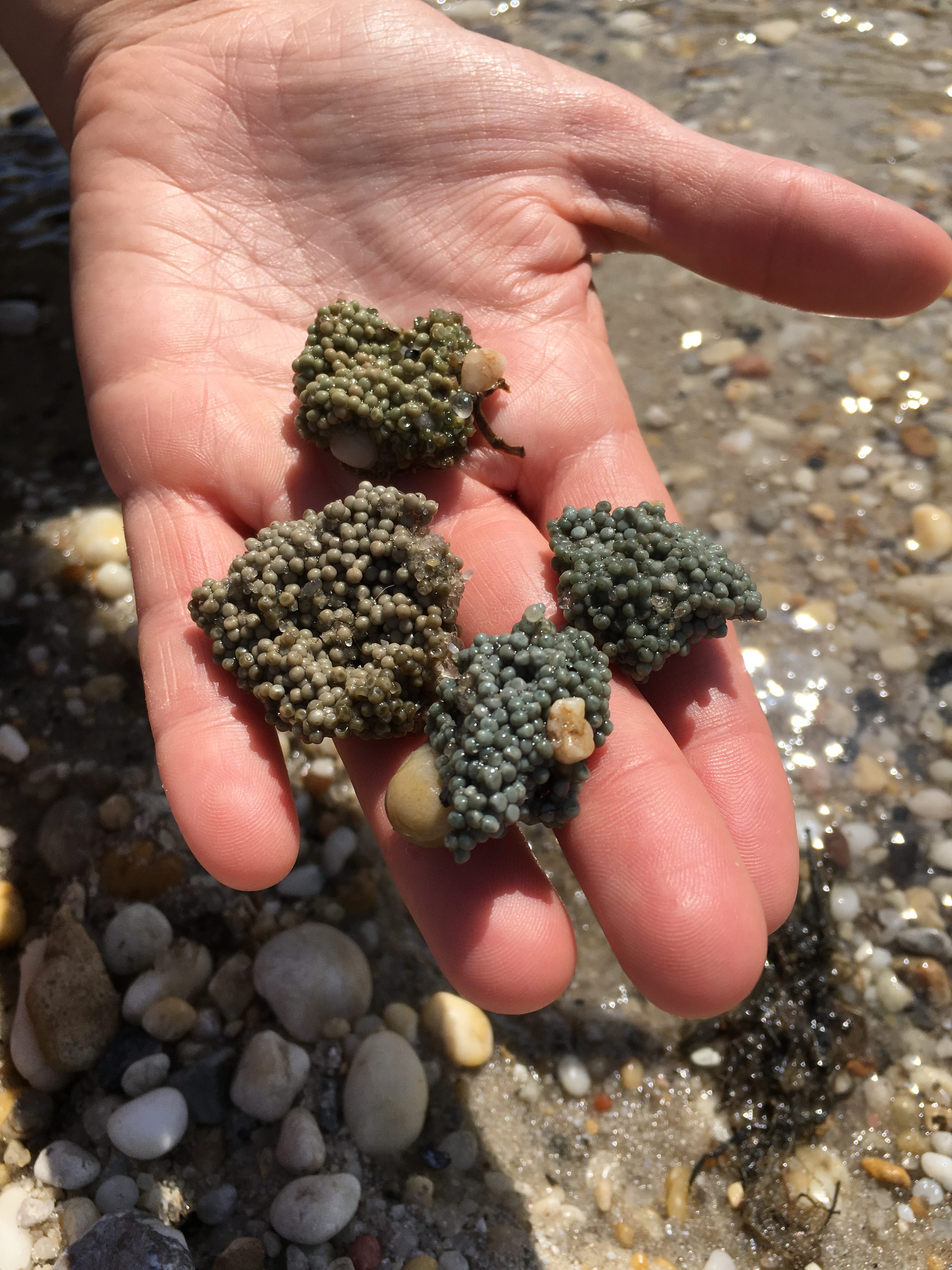





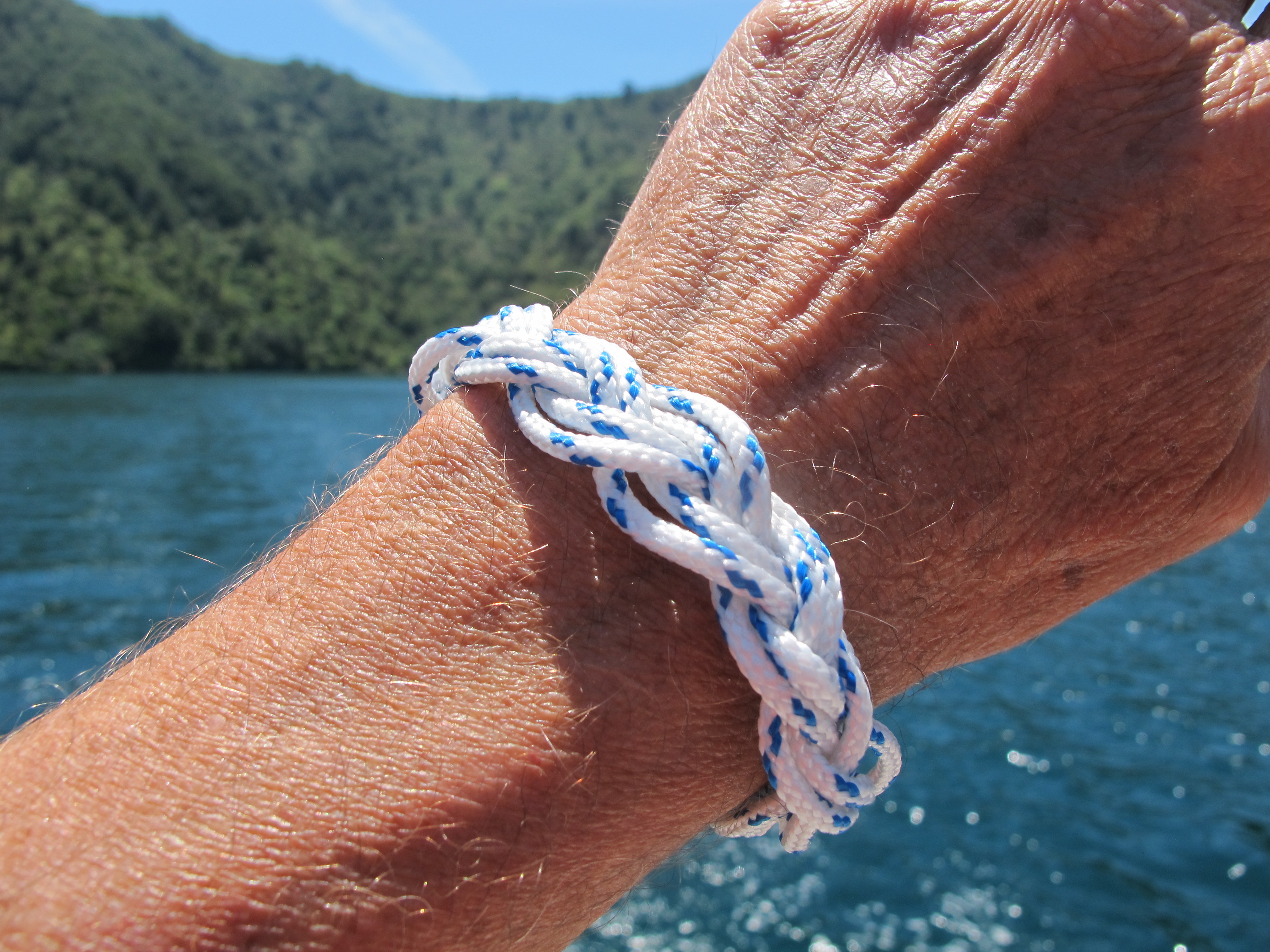
















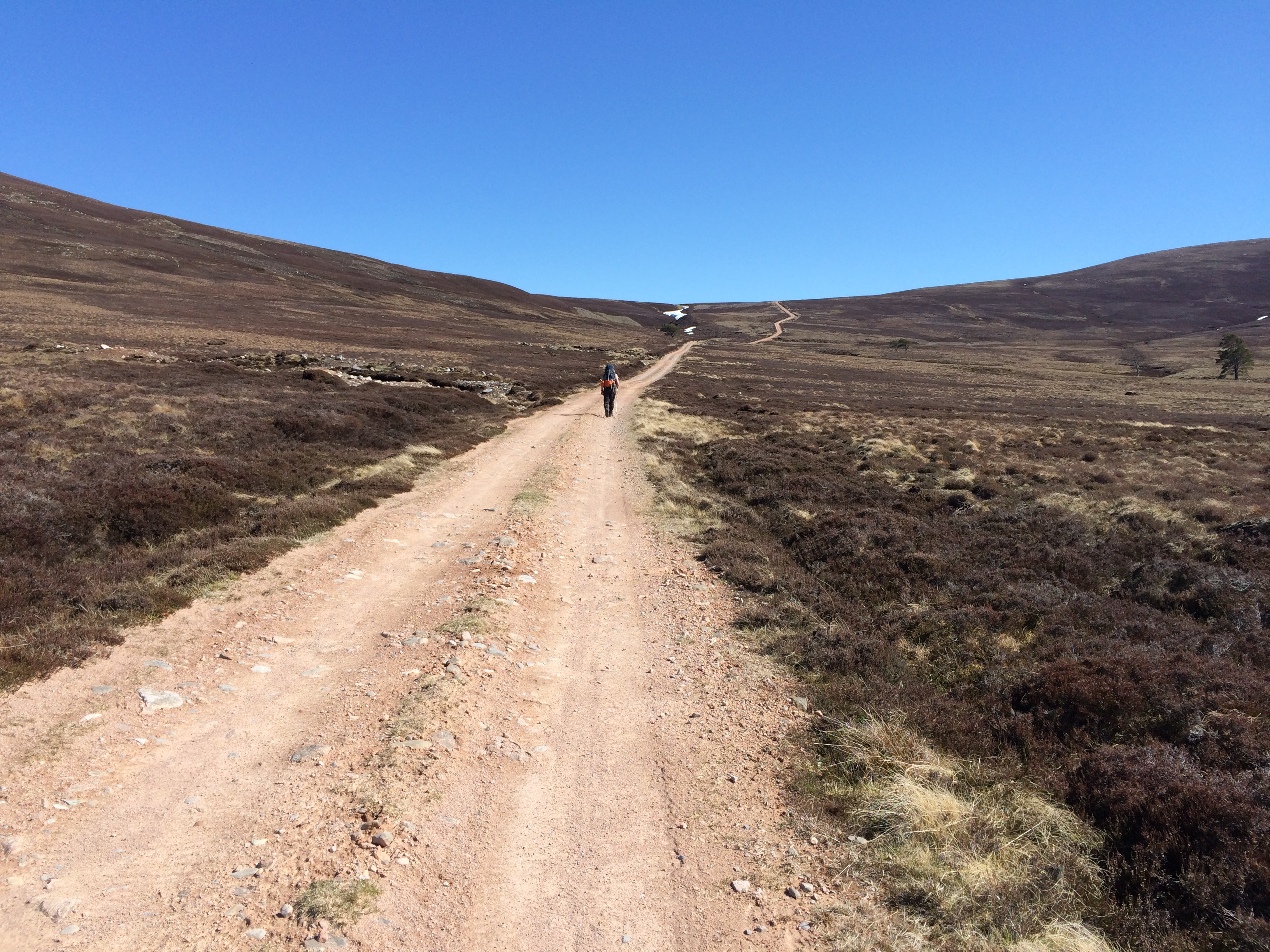
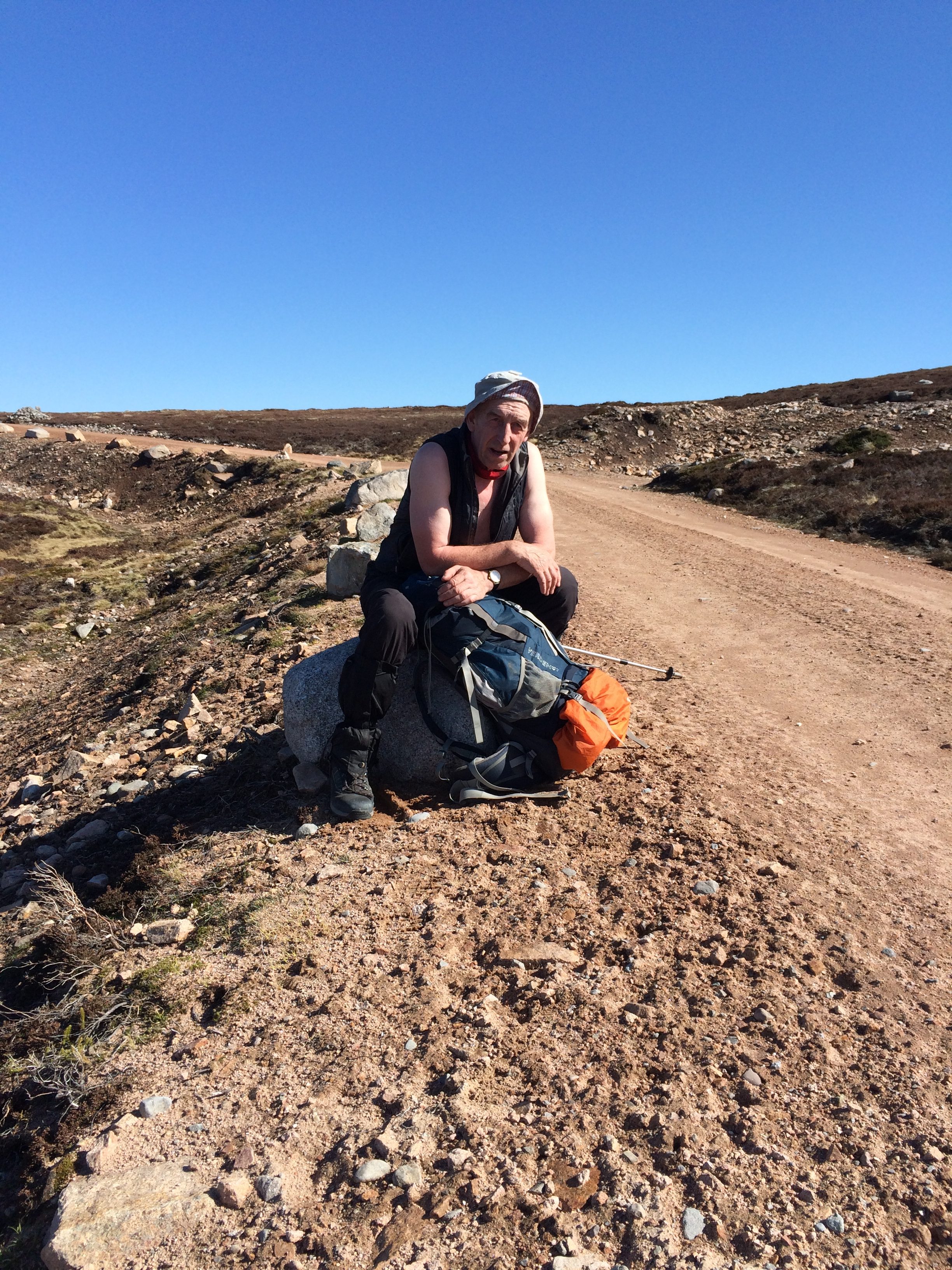
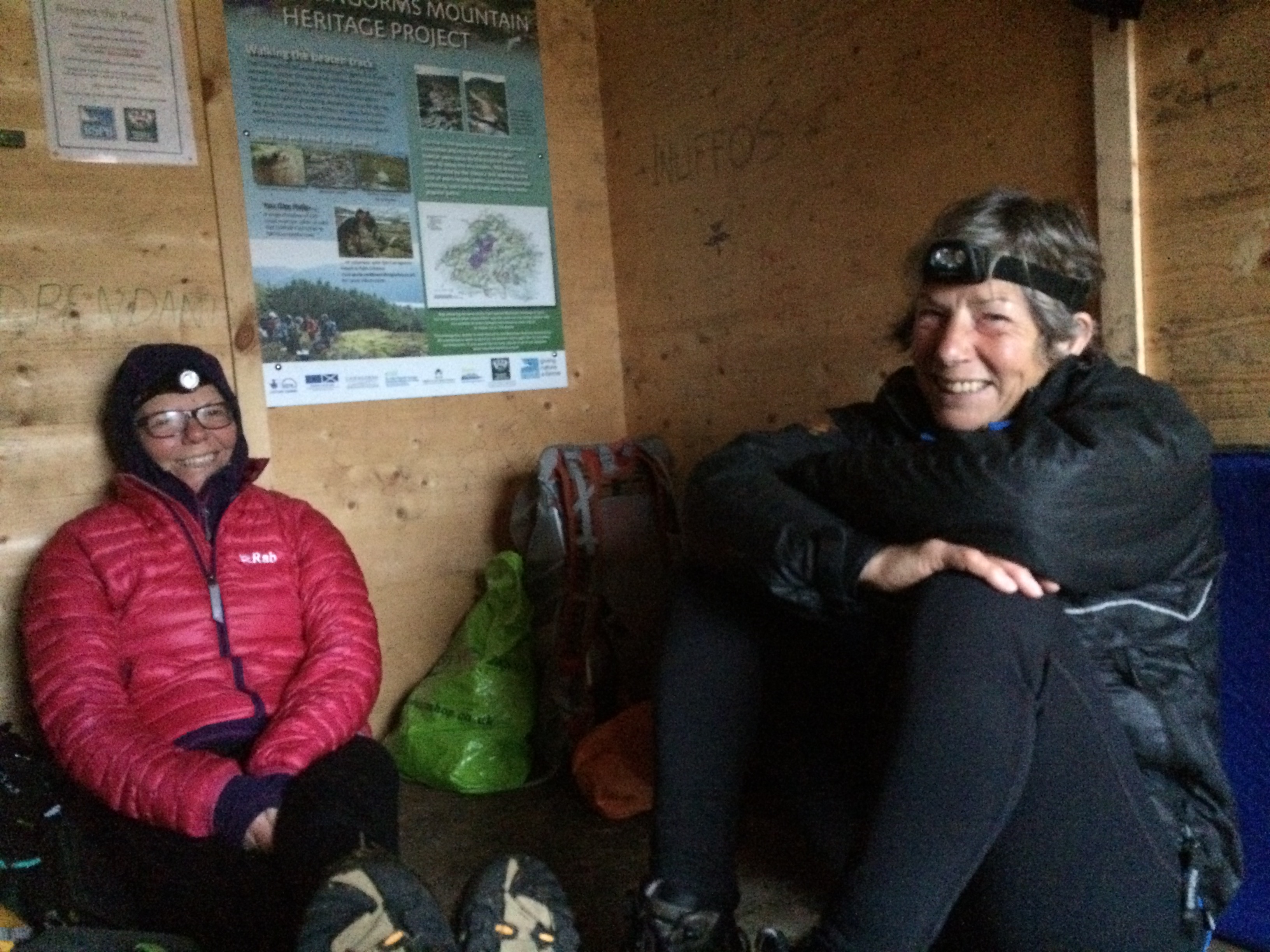
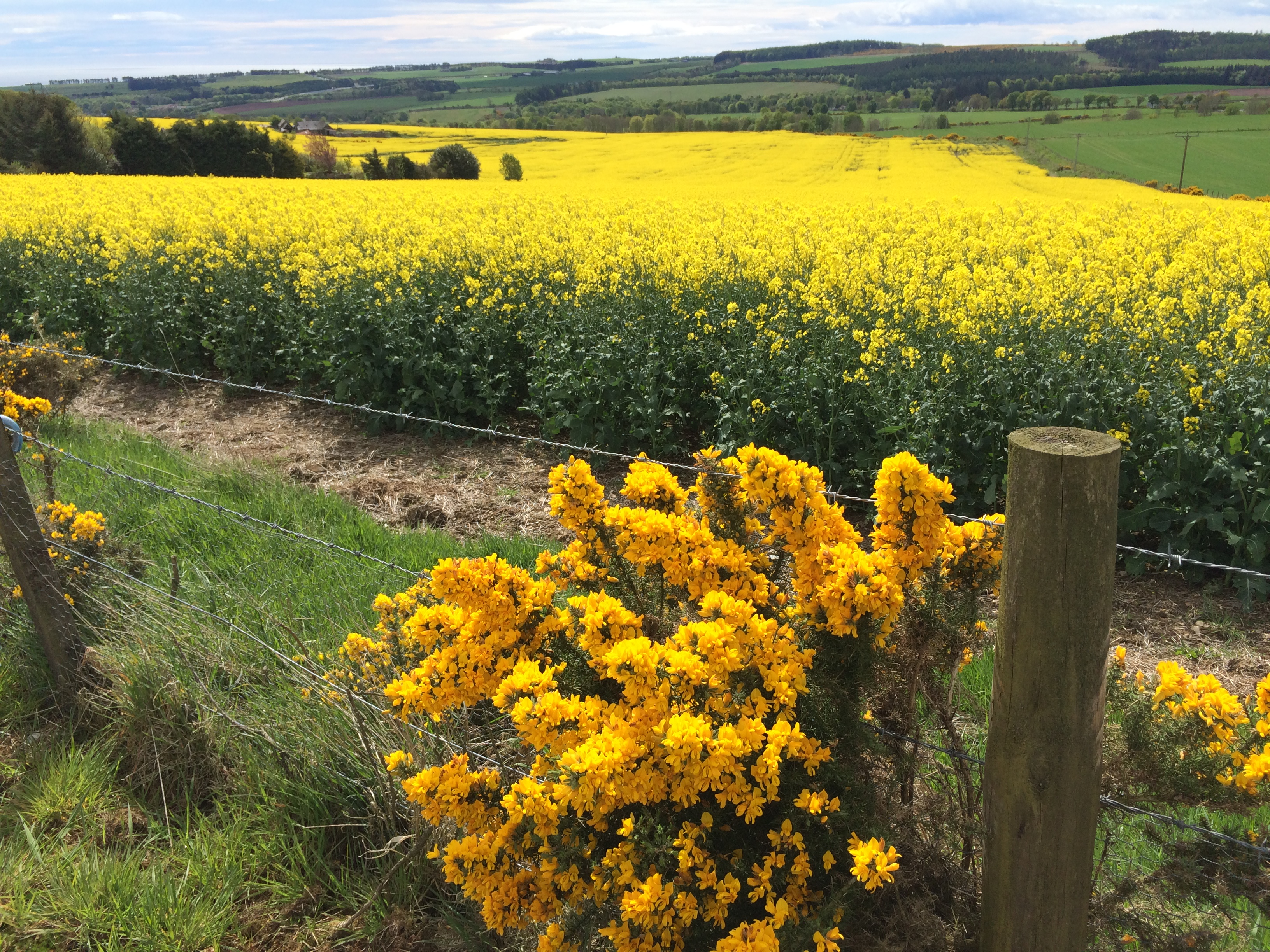
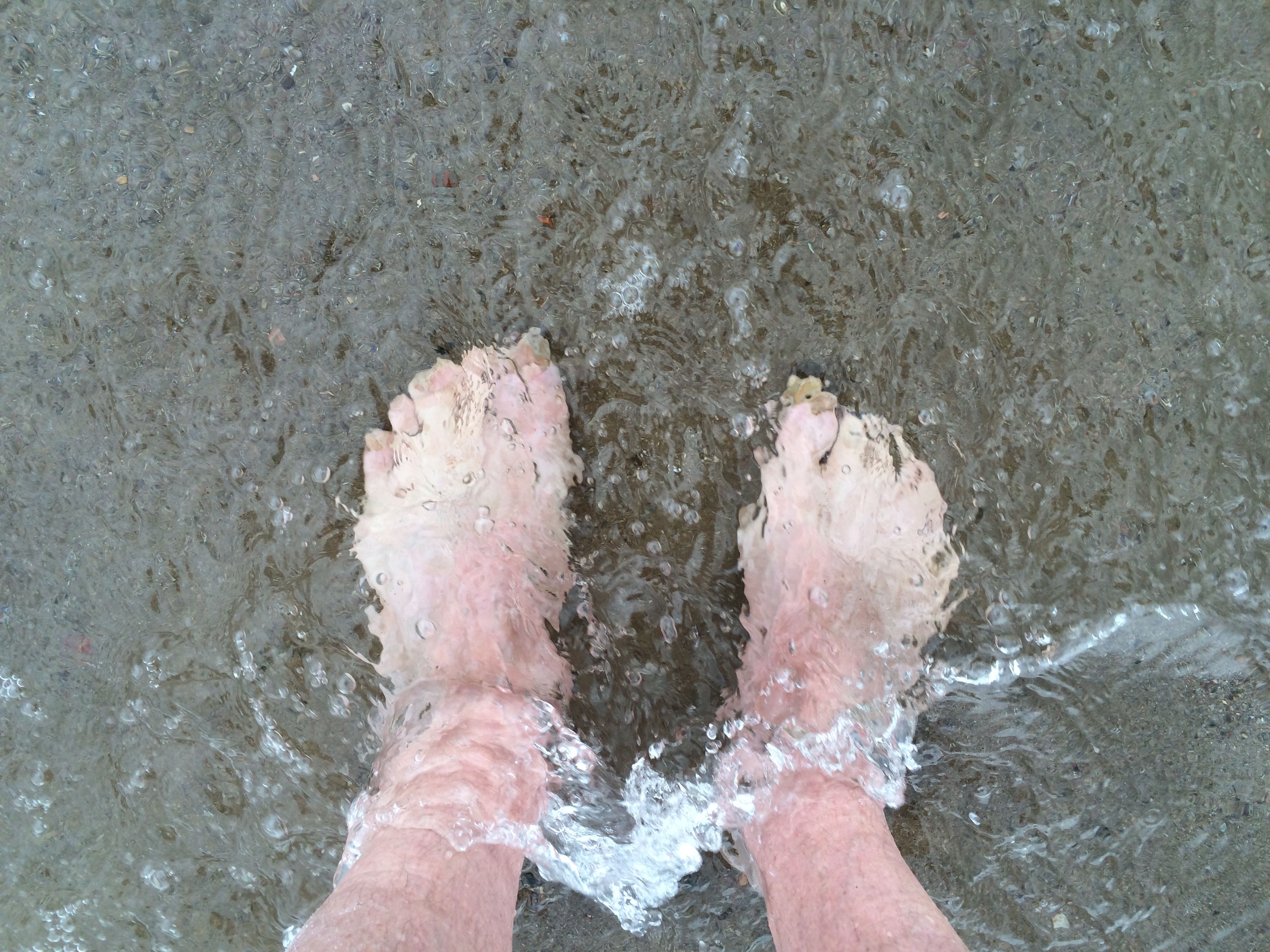

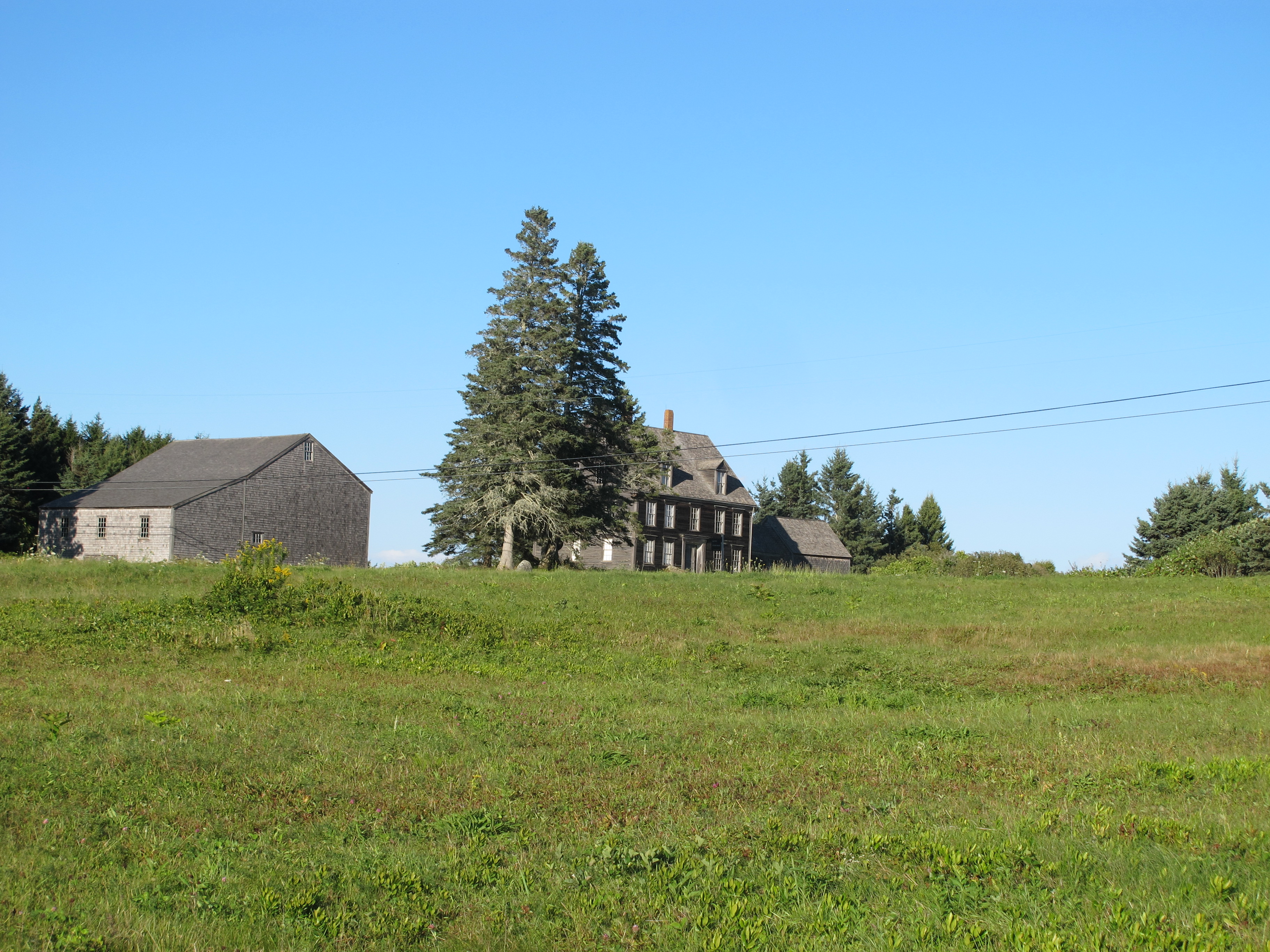
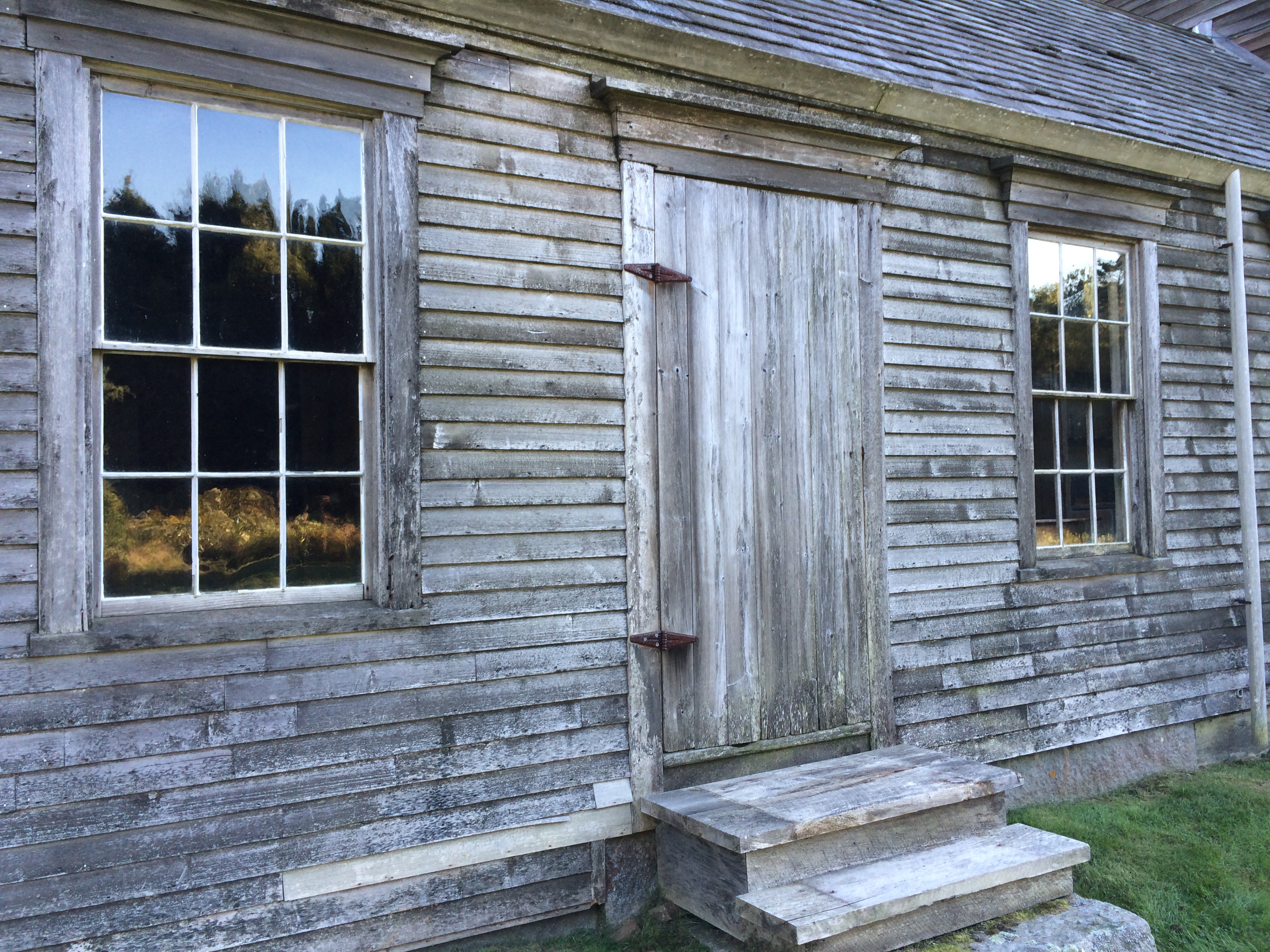

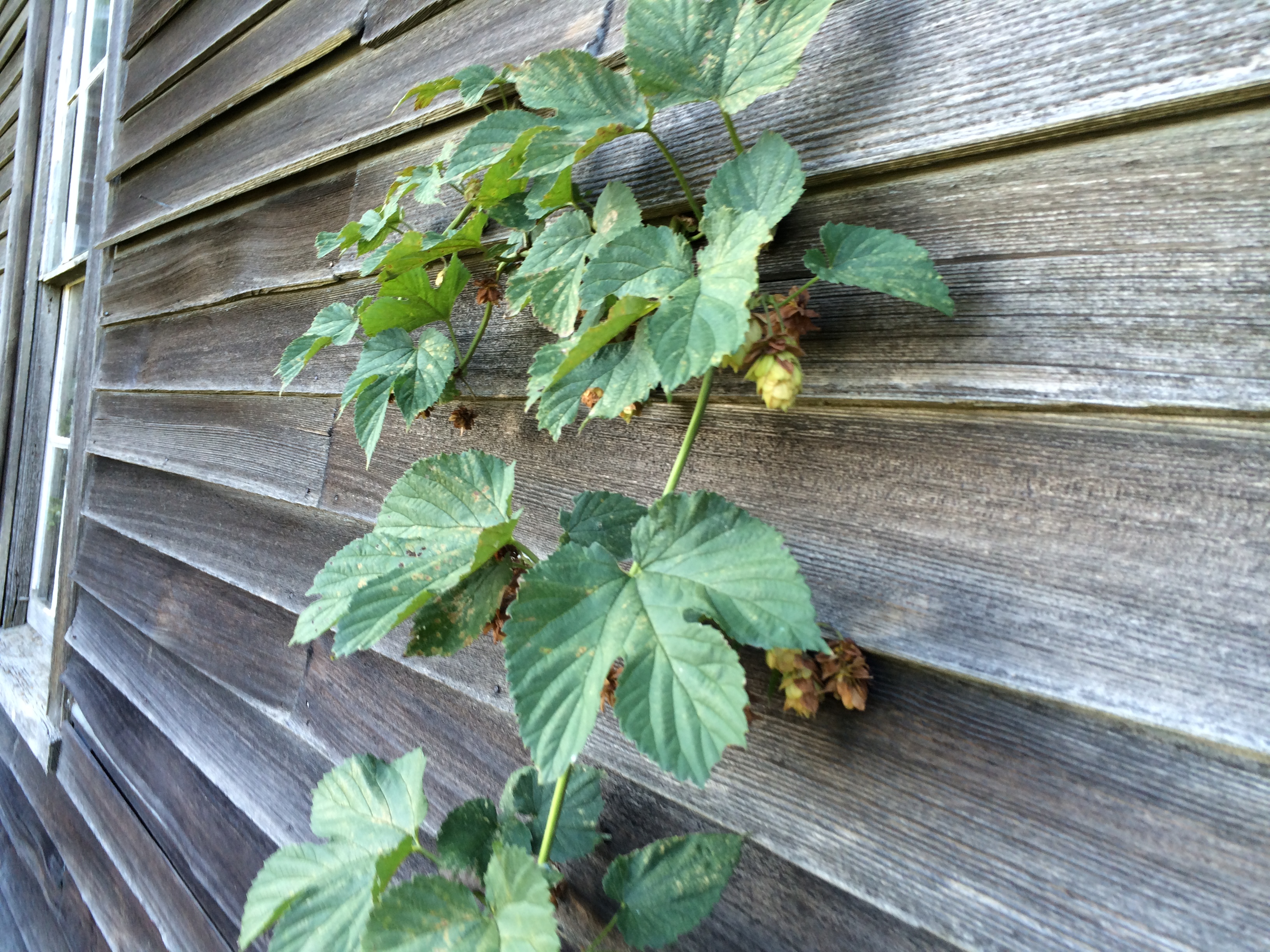
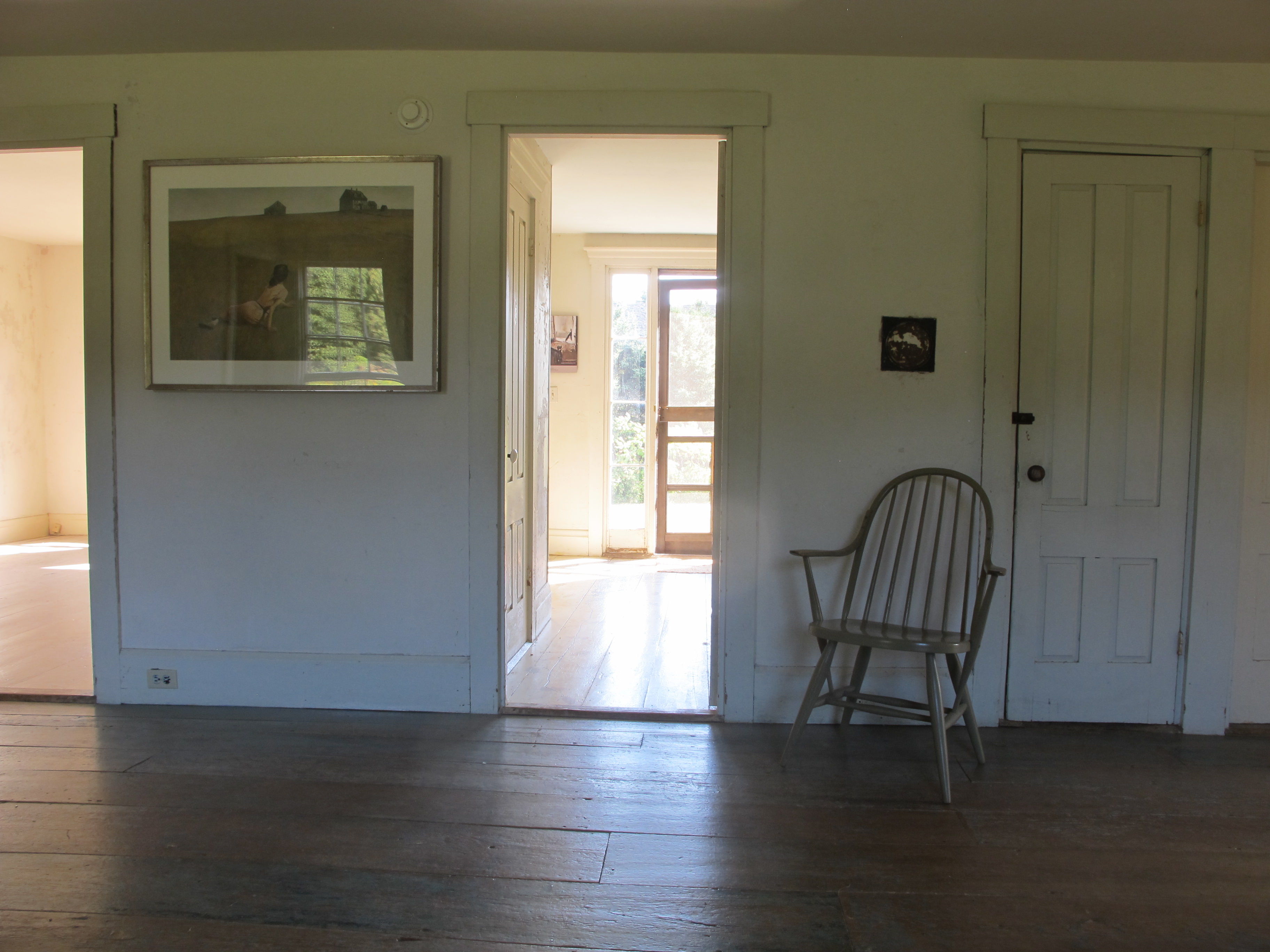
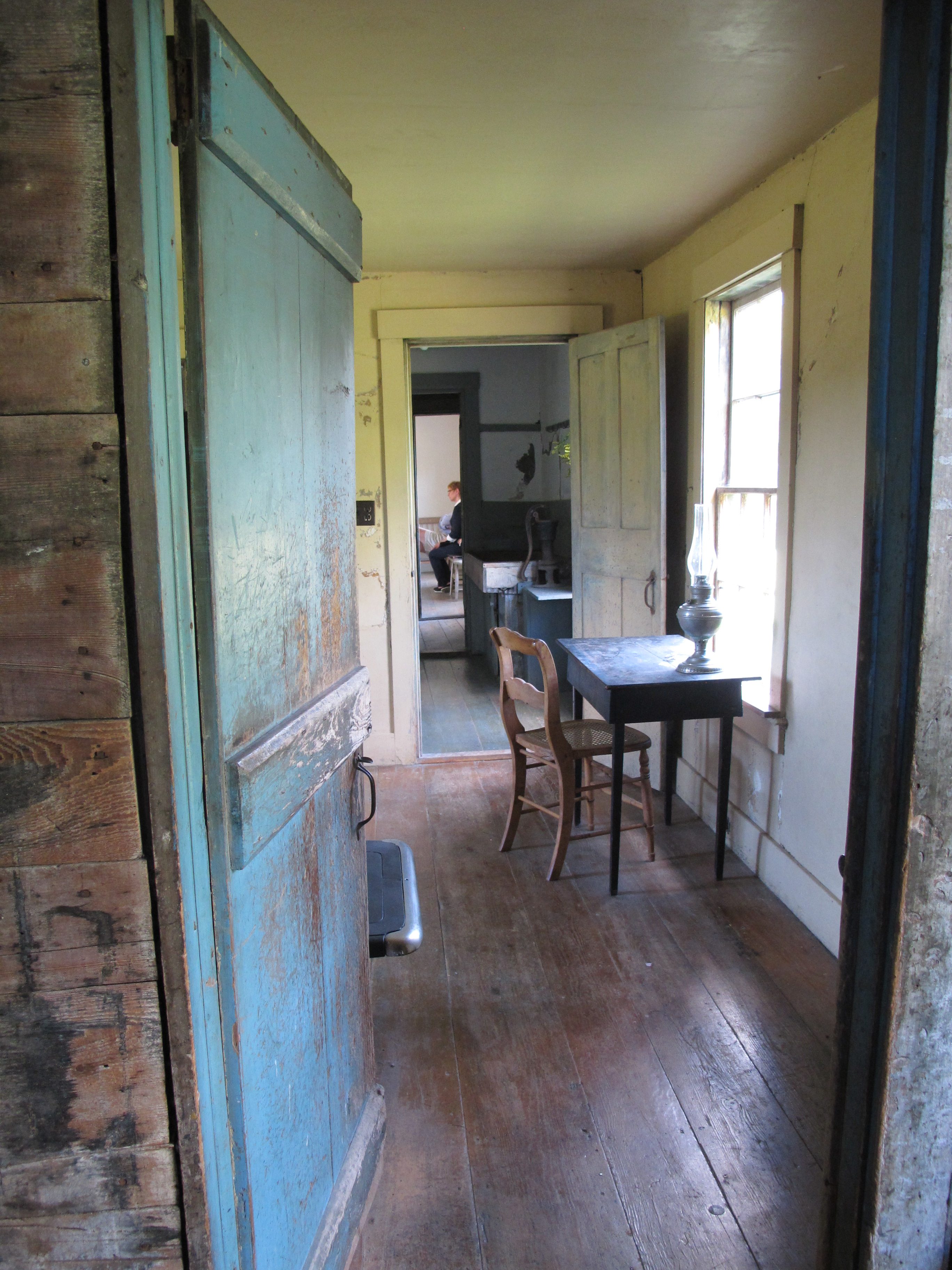
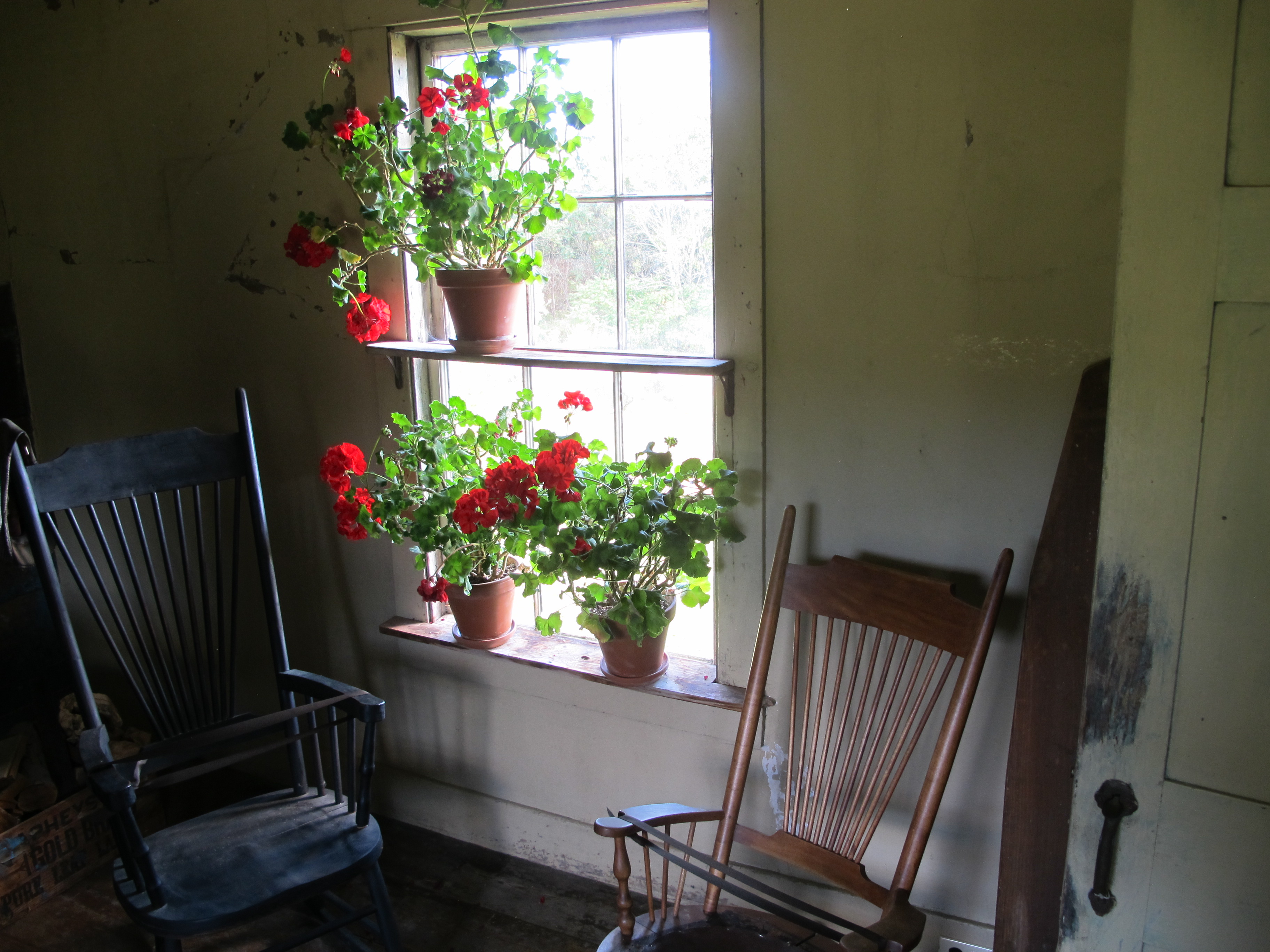
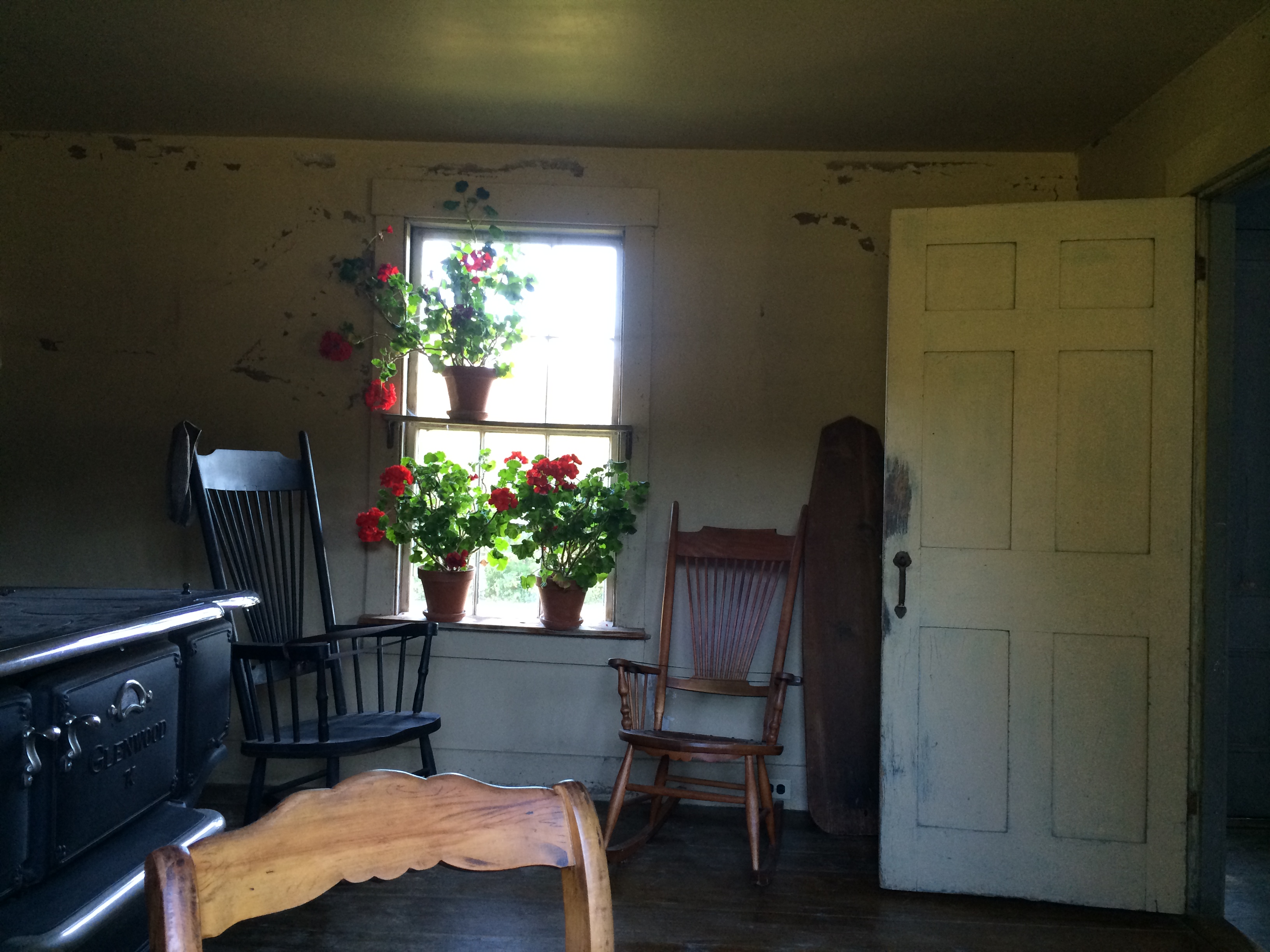
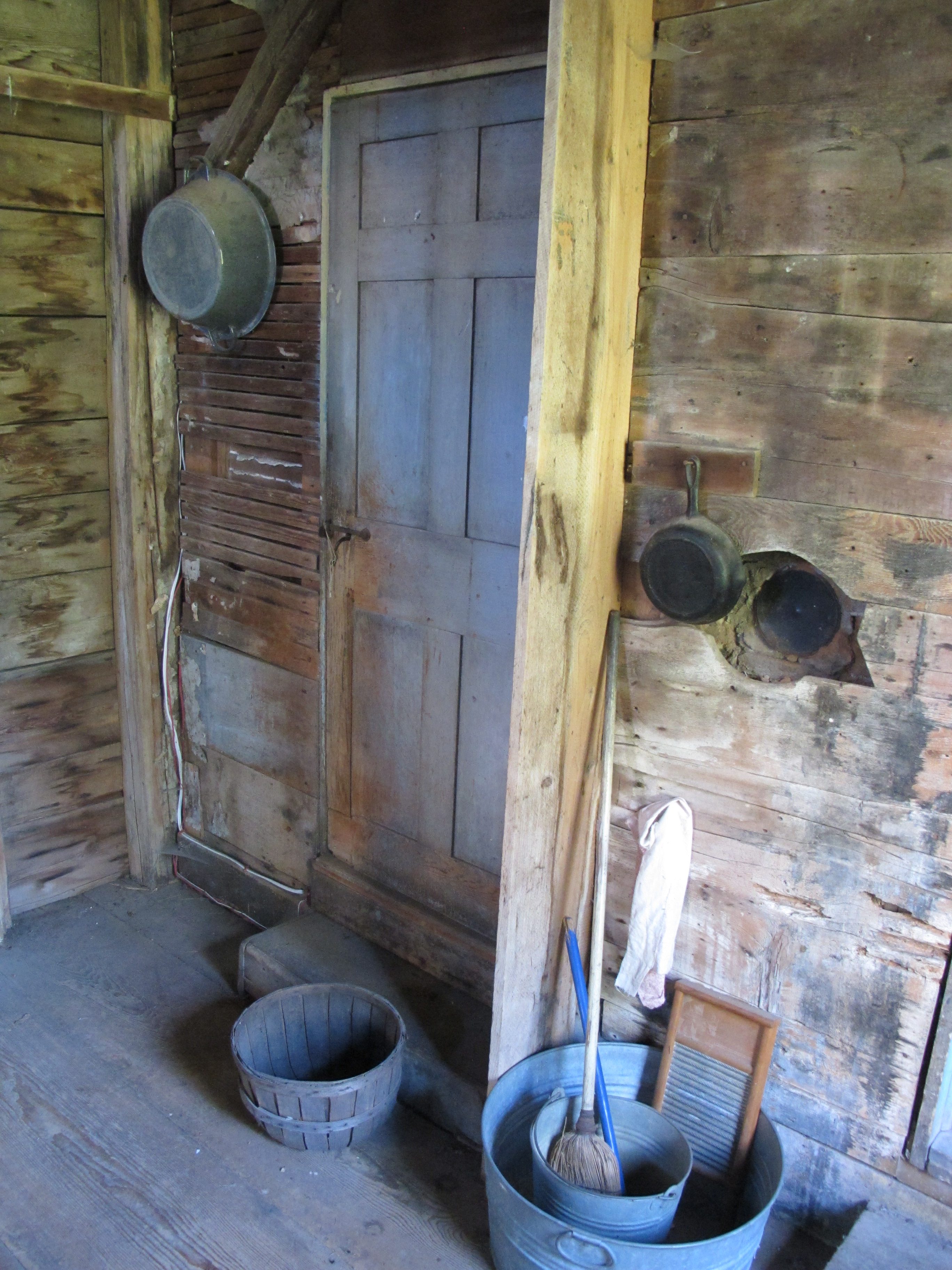

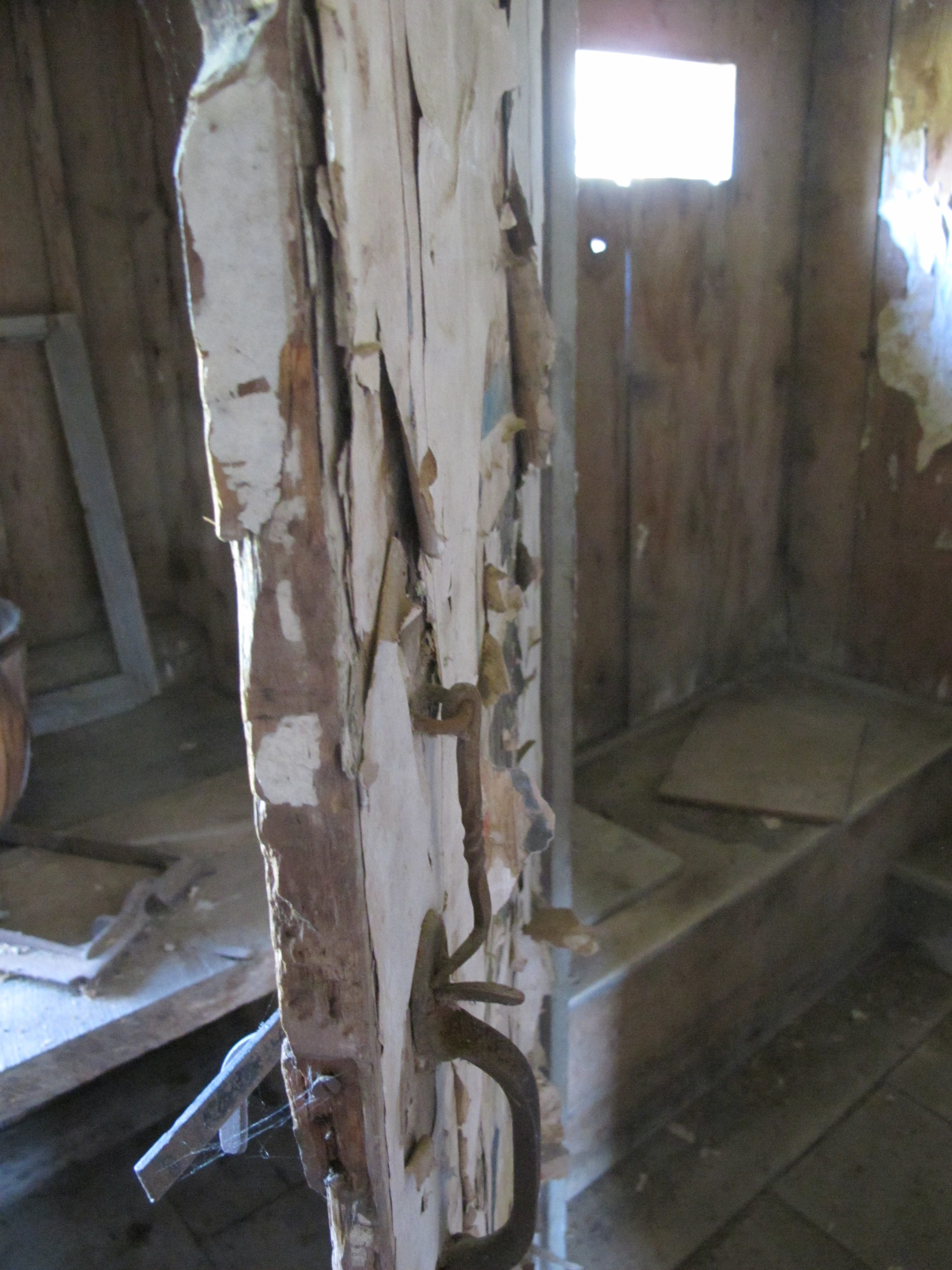

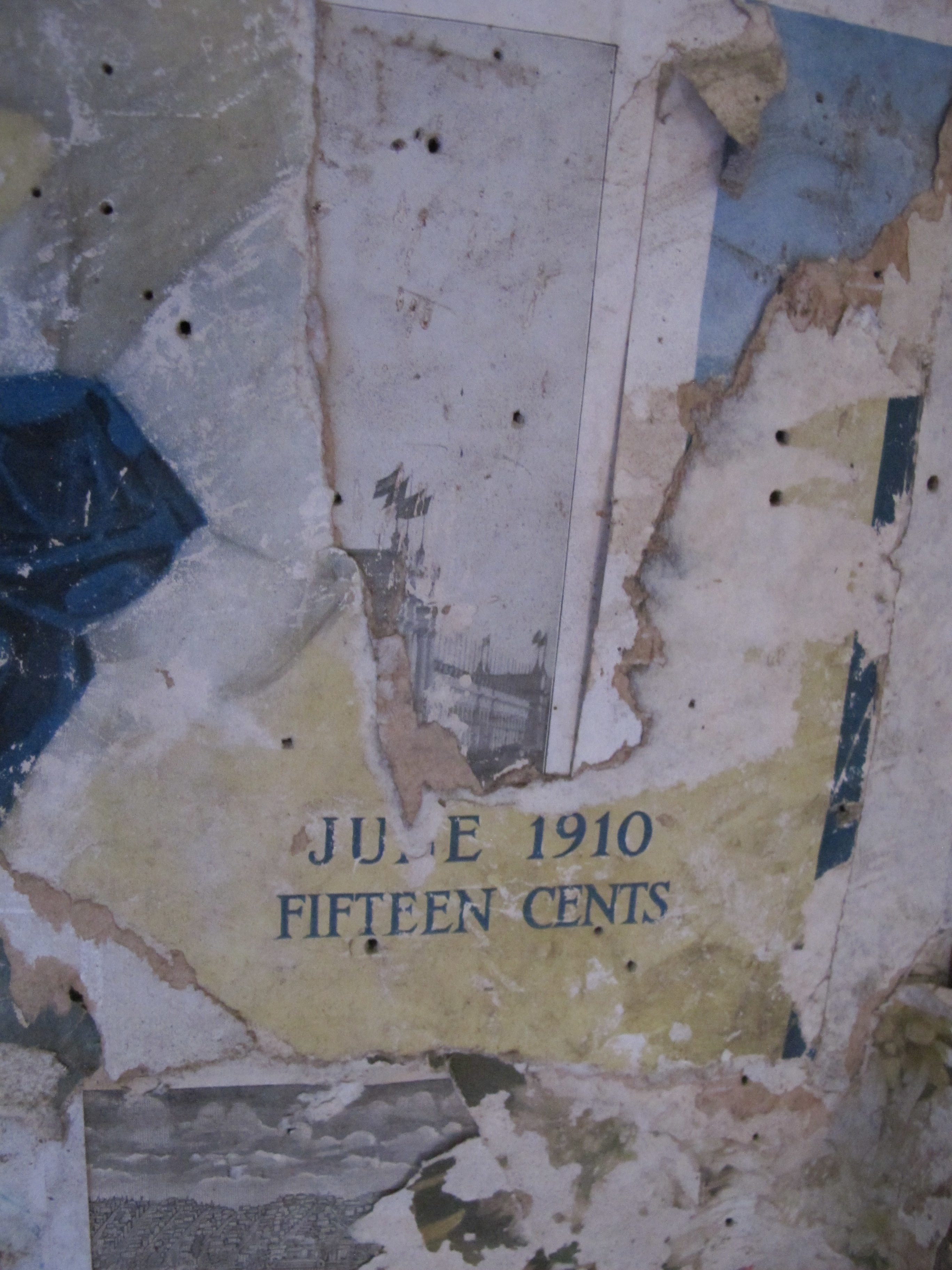


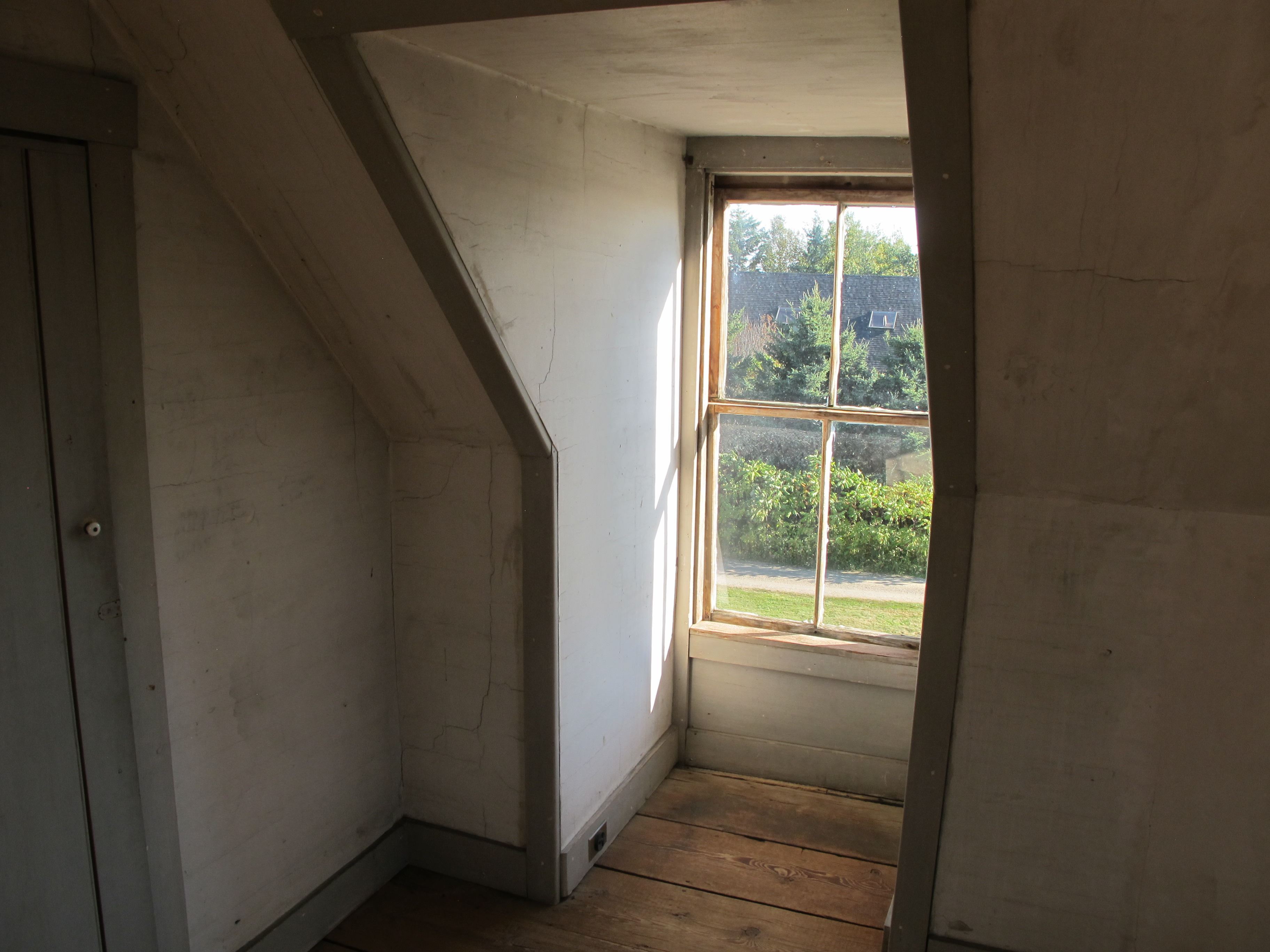

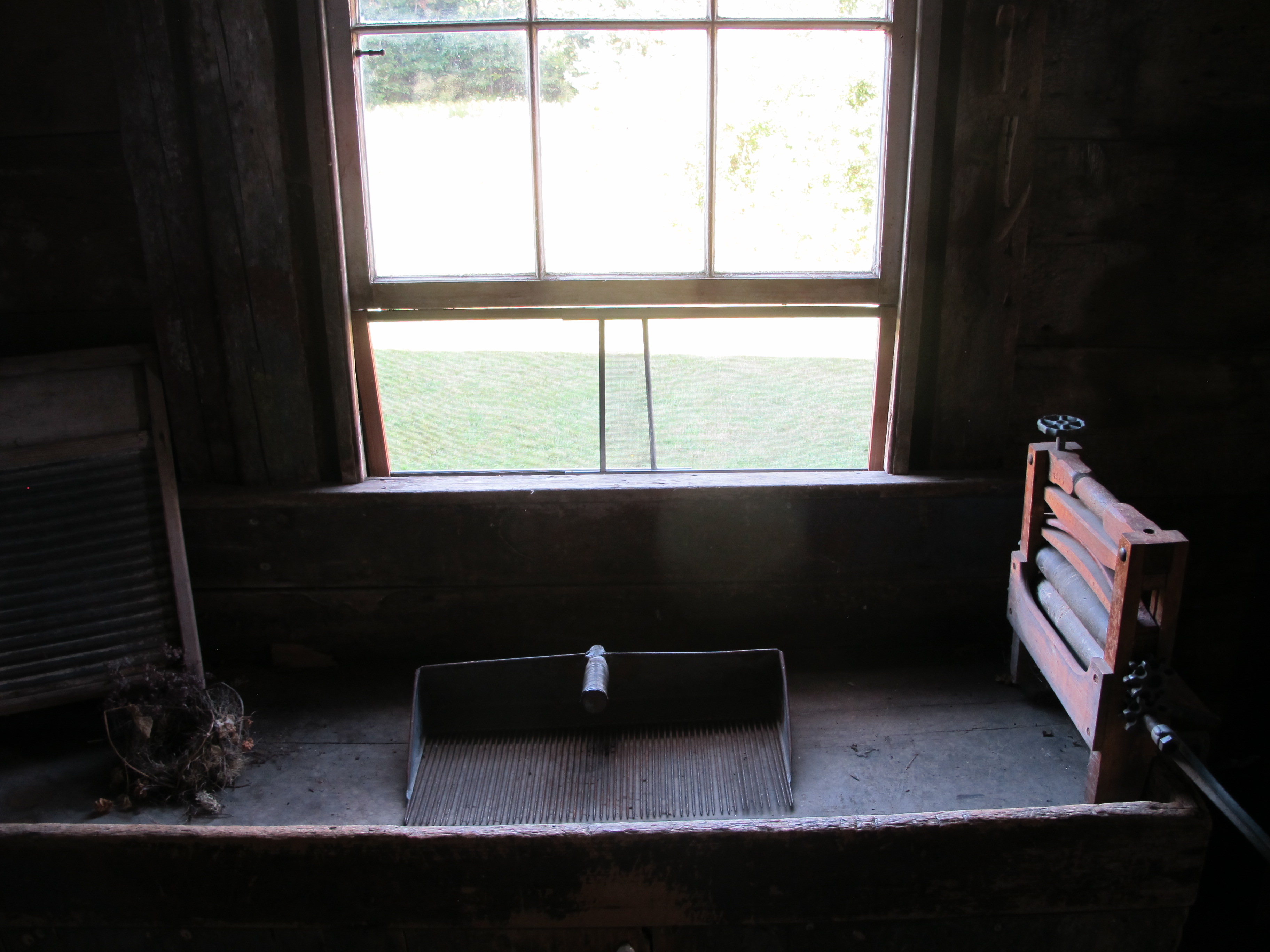

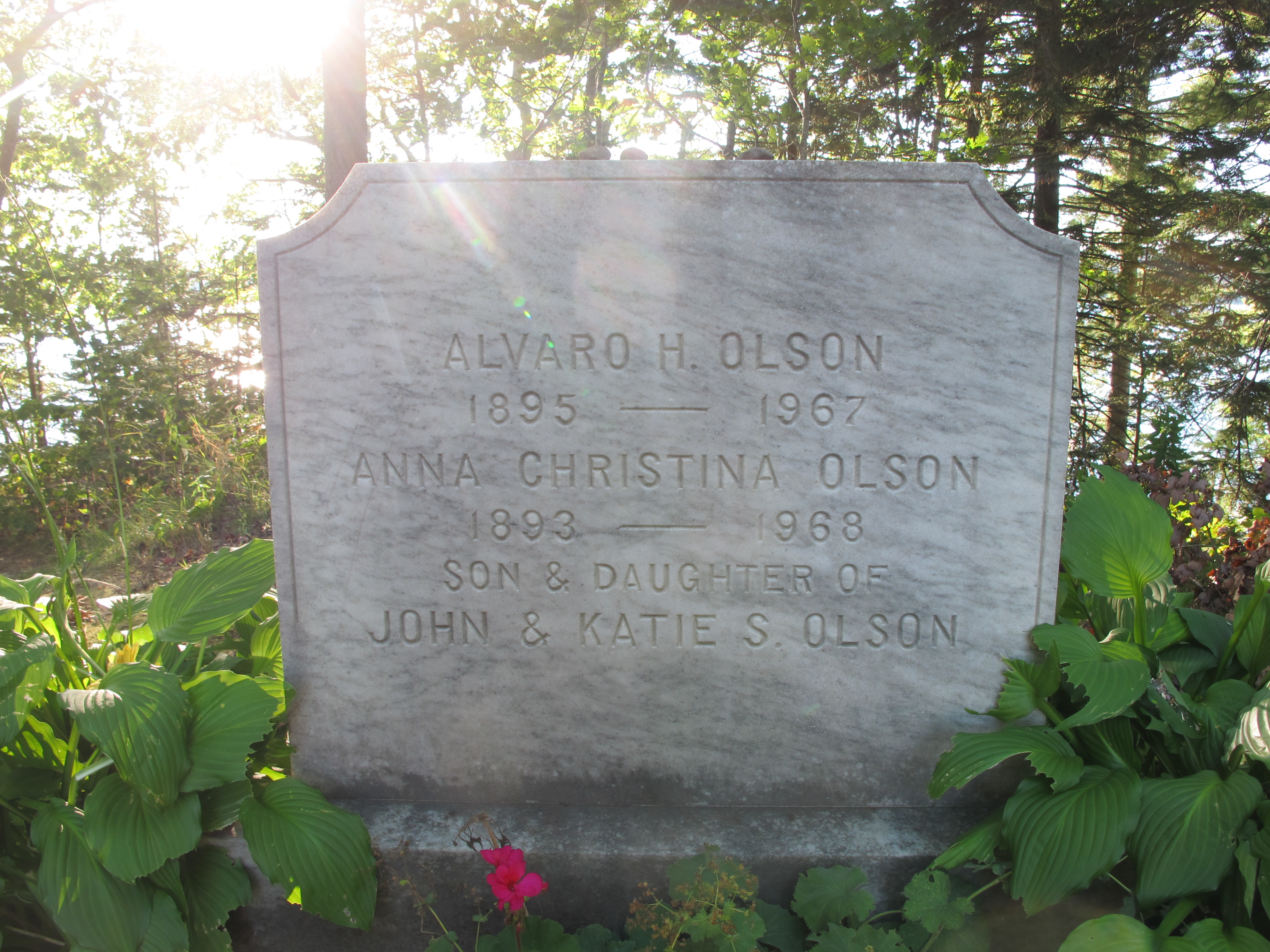
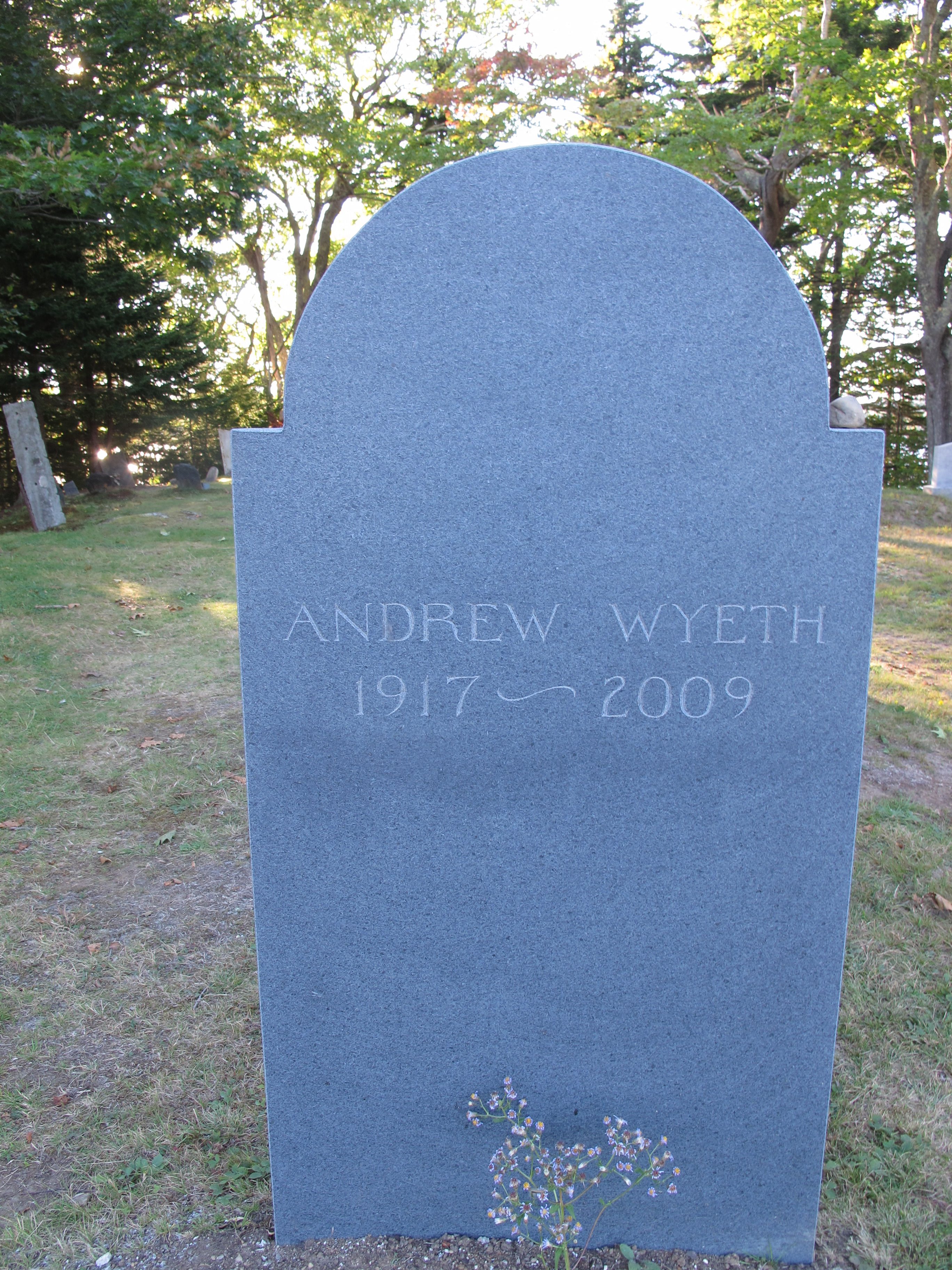
 The Milky Way rises in Big Bend National Park. (Brad Goldpaint/Getty Images)
The Milky Way rises in Big Bend National Park. (Brad Goldpaint/Getty Images)


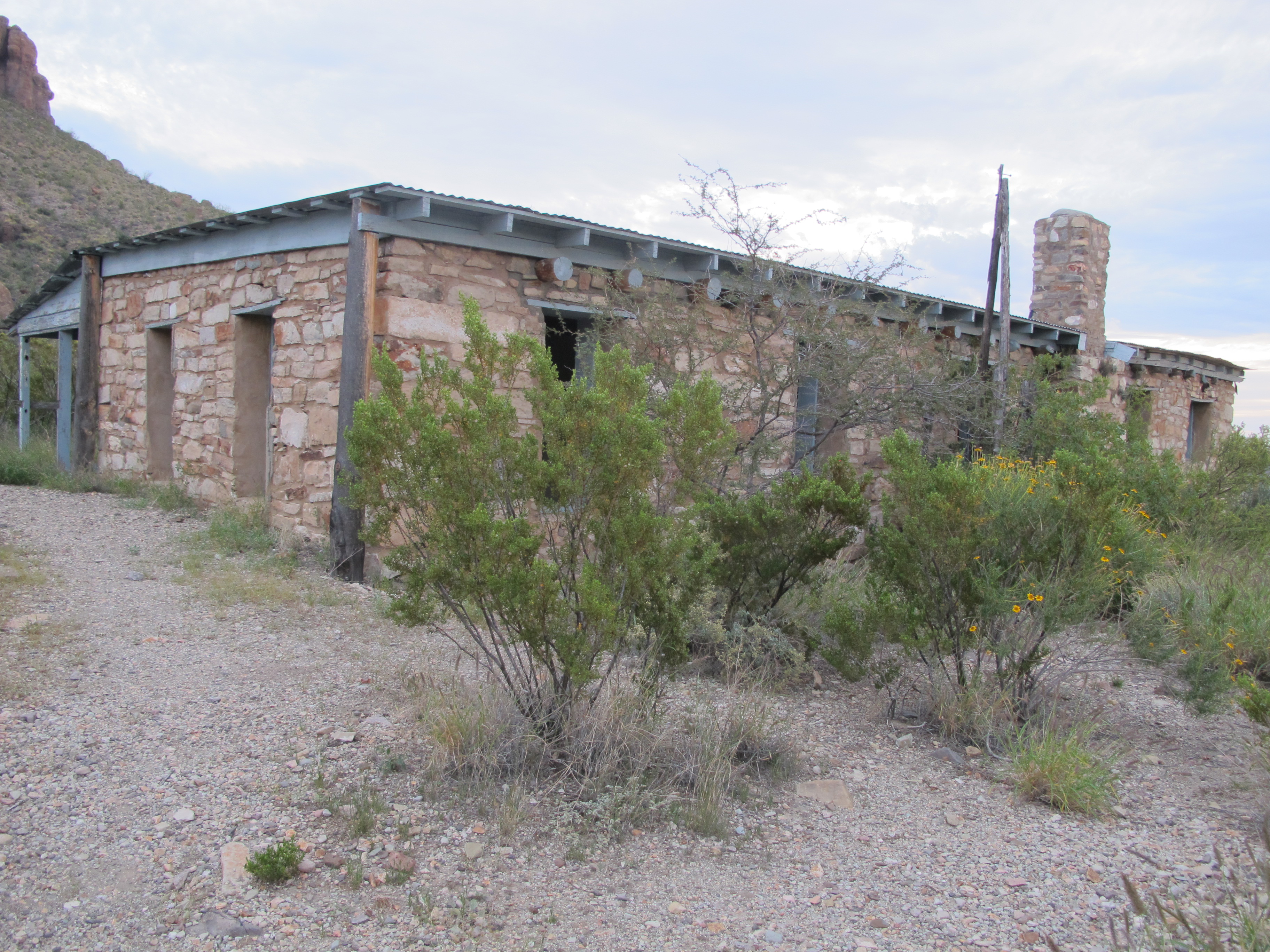
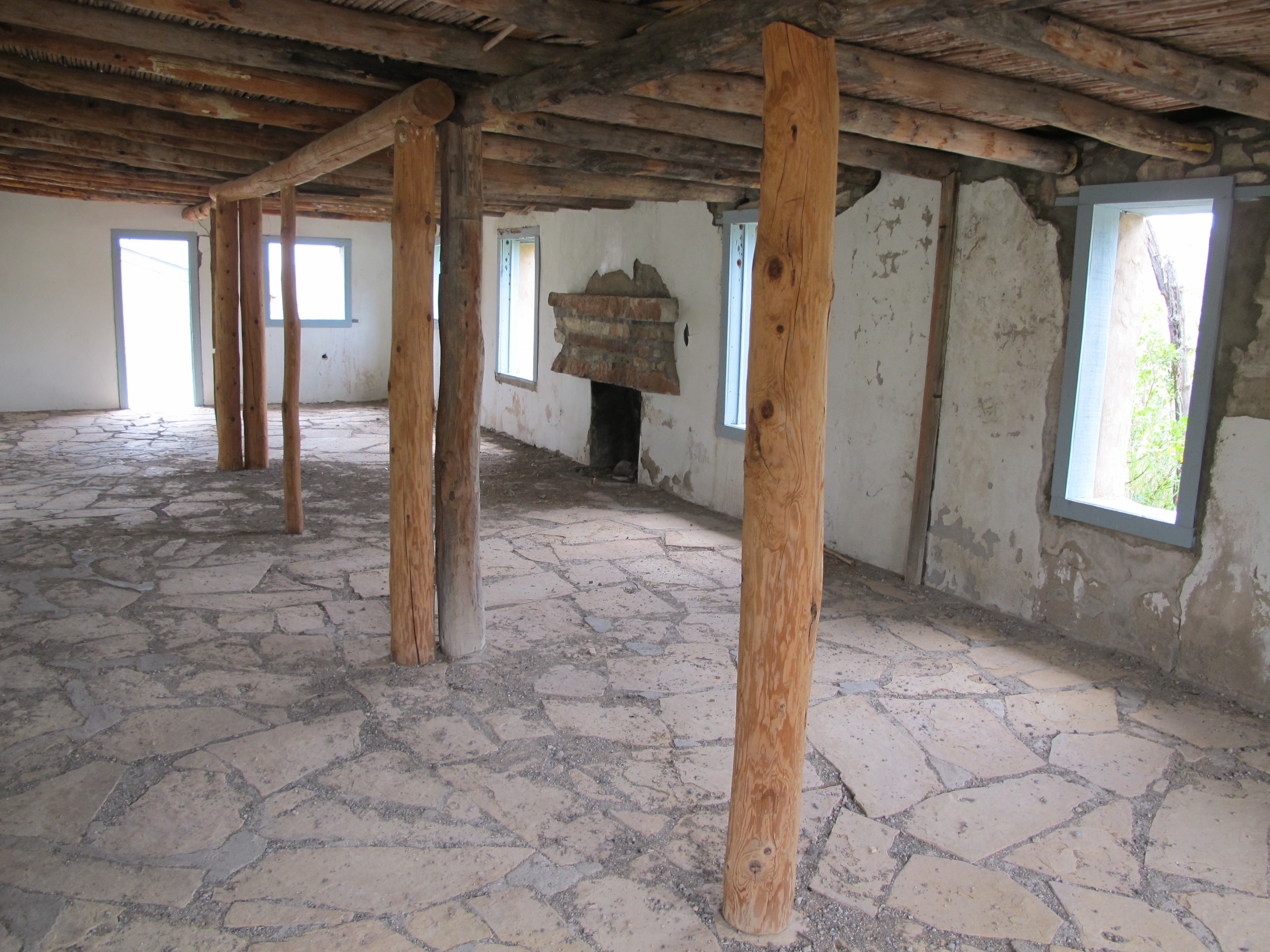
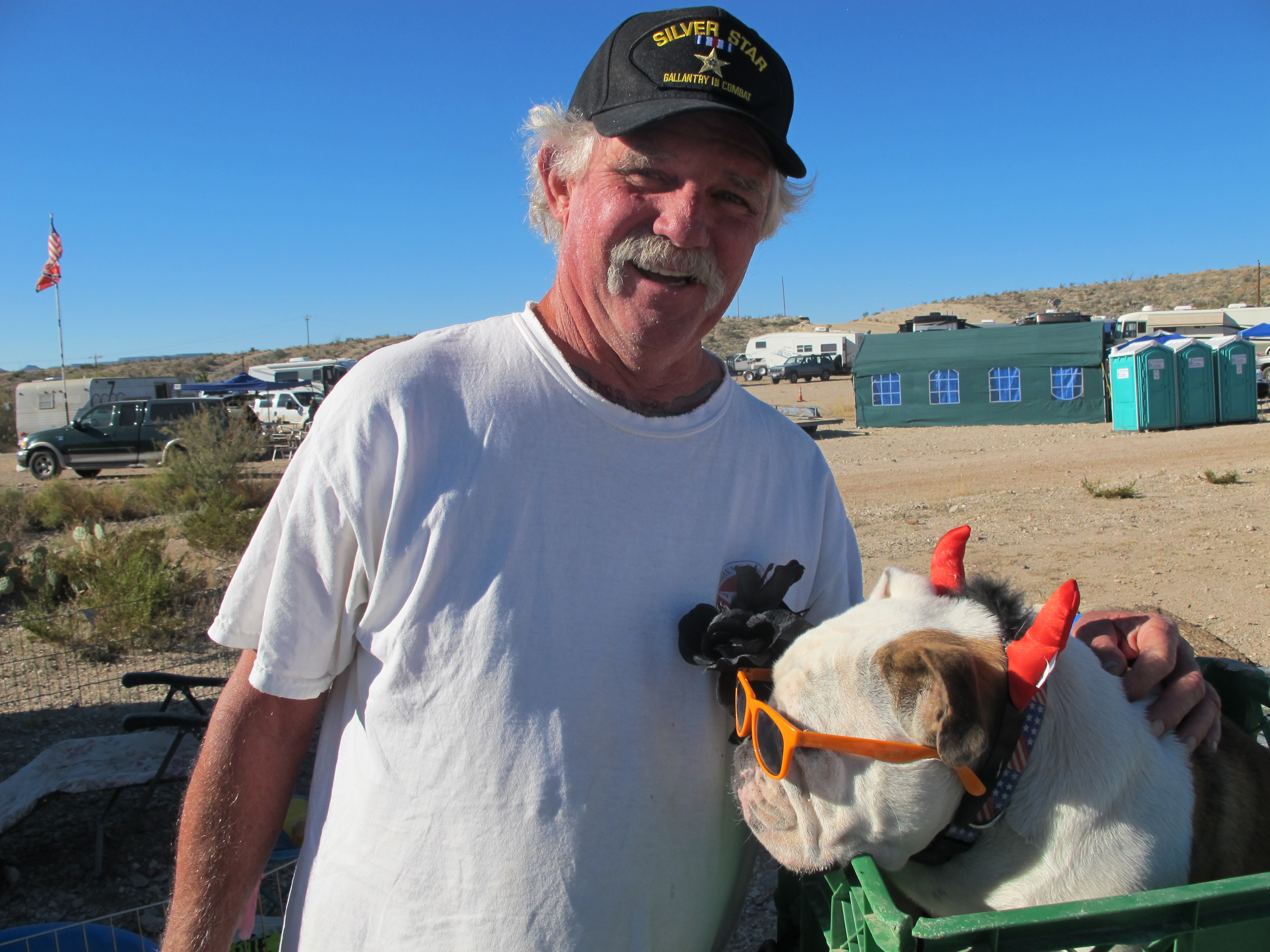
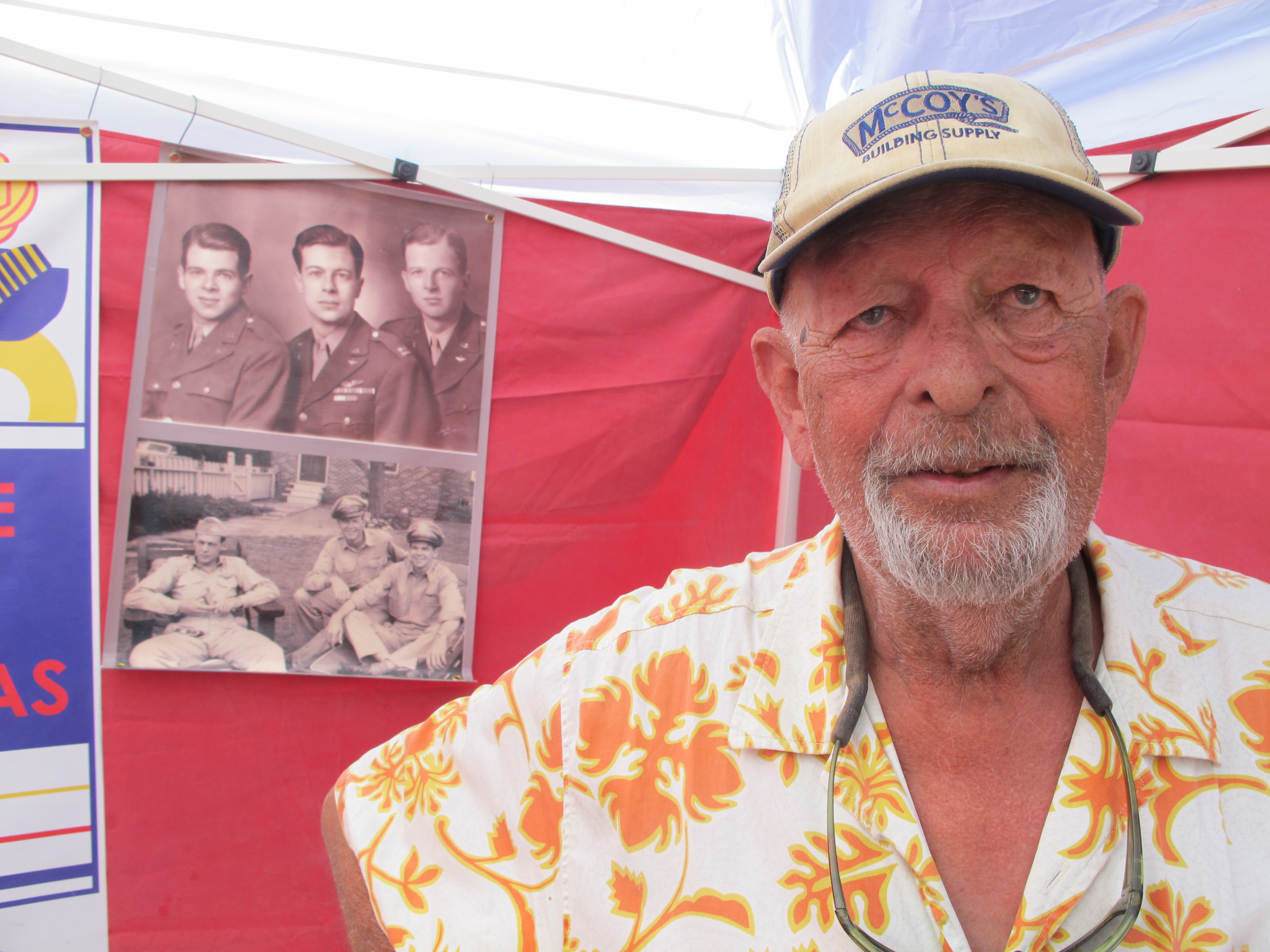
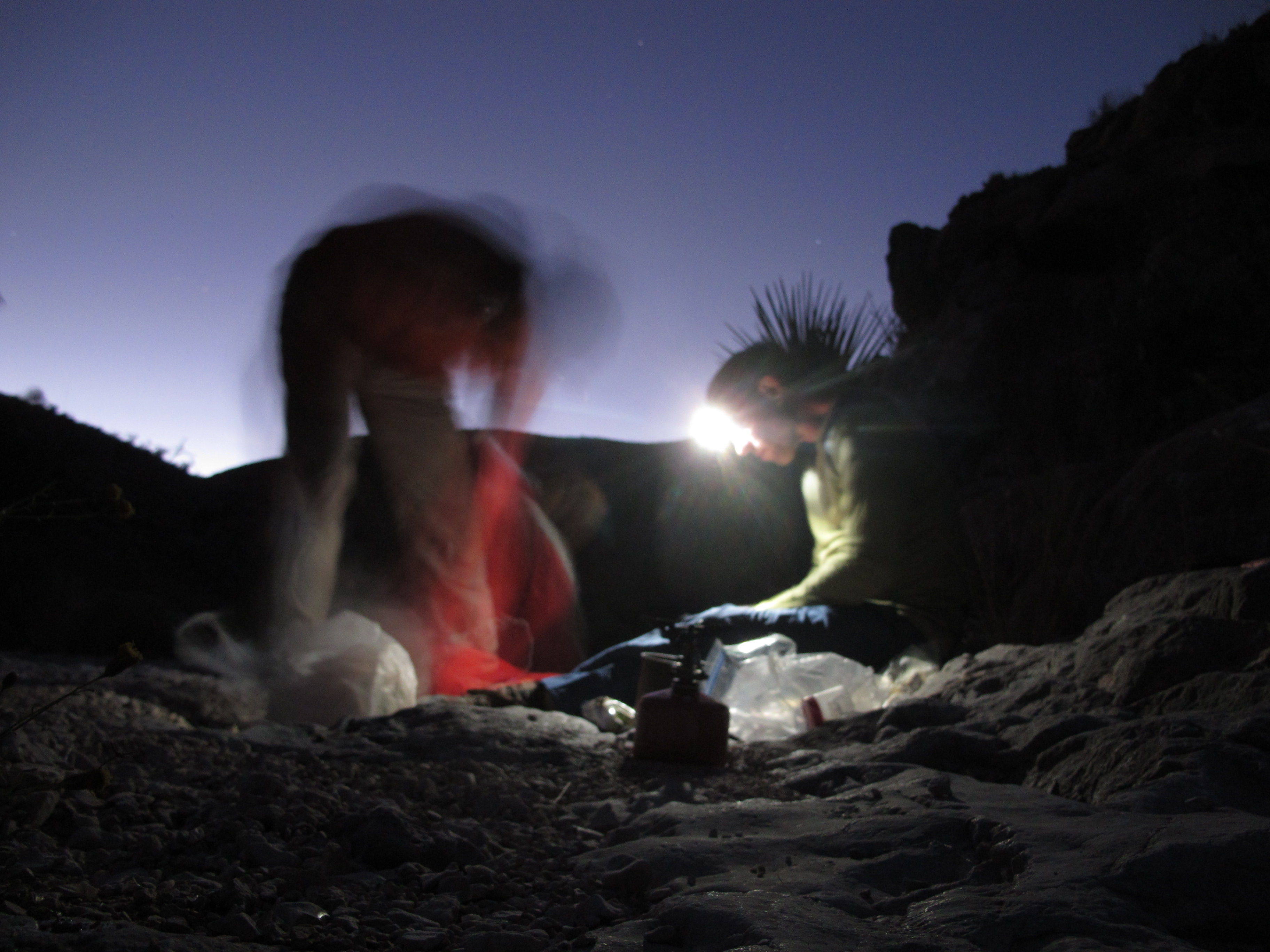
Recent Comments